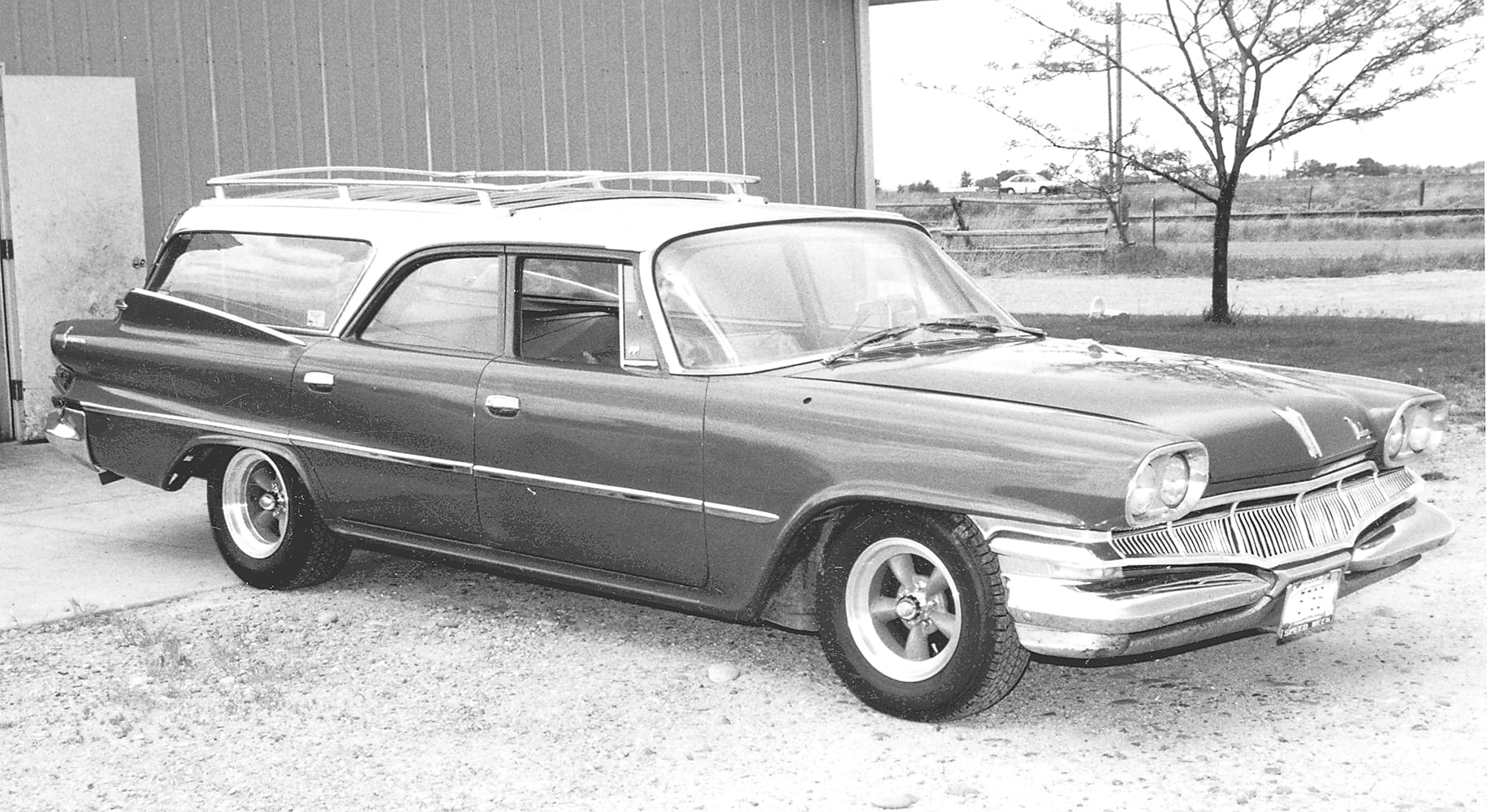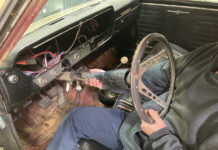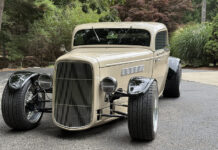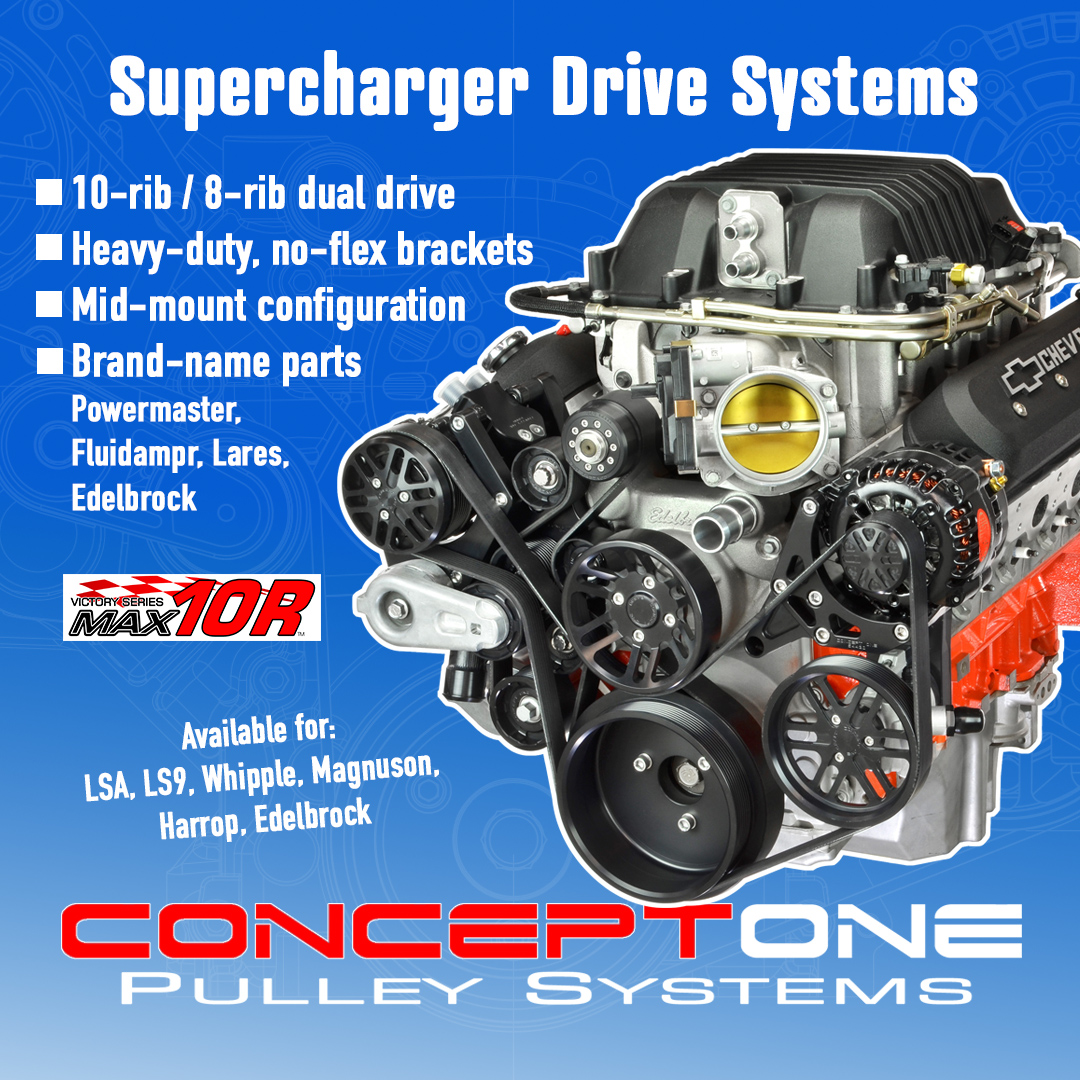By Ron Ceridono – Photography By the Author
Hidden in a dark corner of Modern Rodding’s super-secret Northwest Research and Development center (also known as the storage building where languishing project cars collect dust) is our 1960 Dodge Dart station wagon. Editor Brennan has dubbed it the magazine’s version of the Wagon Queen Family Truckster seen in National Lampoon’s Family Vacation, and after years of his verbal abuse about the lack of progress, we’ve decided to drag it into the sunlight and take the necessary steps to make it roadworthy once more. That first step is replacing the dilapidated wiring with a new American Autowire Highway 22 Plus kit.
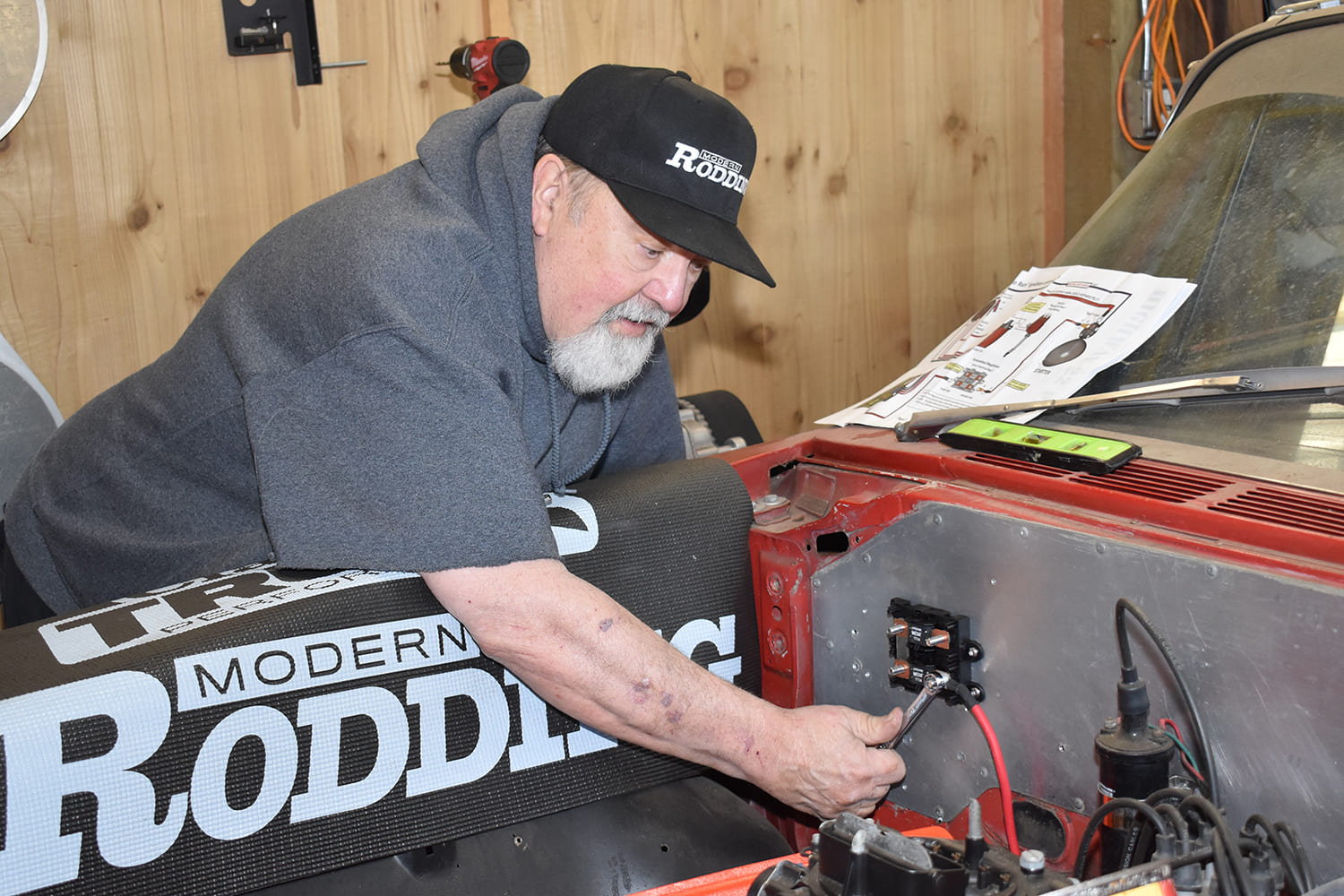
Chrysler Corporation had a unique method of protecting the electrical system of its cars of this era. Rather than one central fuse block, there was a main circuit breaker and a number of inline fuse holders—all cleverly hidden to make finding them a challenge. By contrast, the replacement American Autowire has is a modern fuse panel with 13 circuits that mount the headlight, horn, accessory relays, LED turn signal, and hazard flasher.
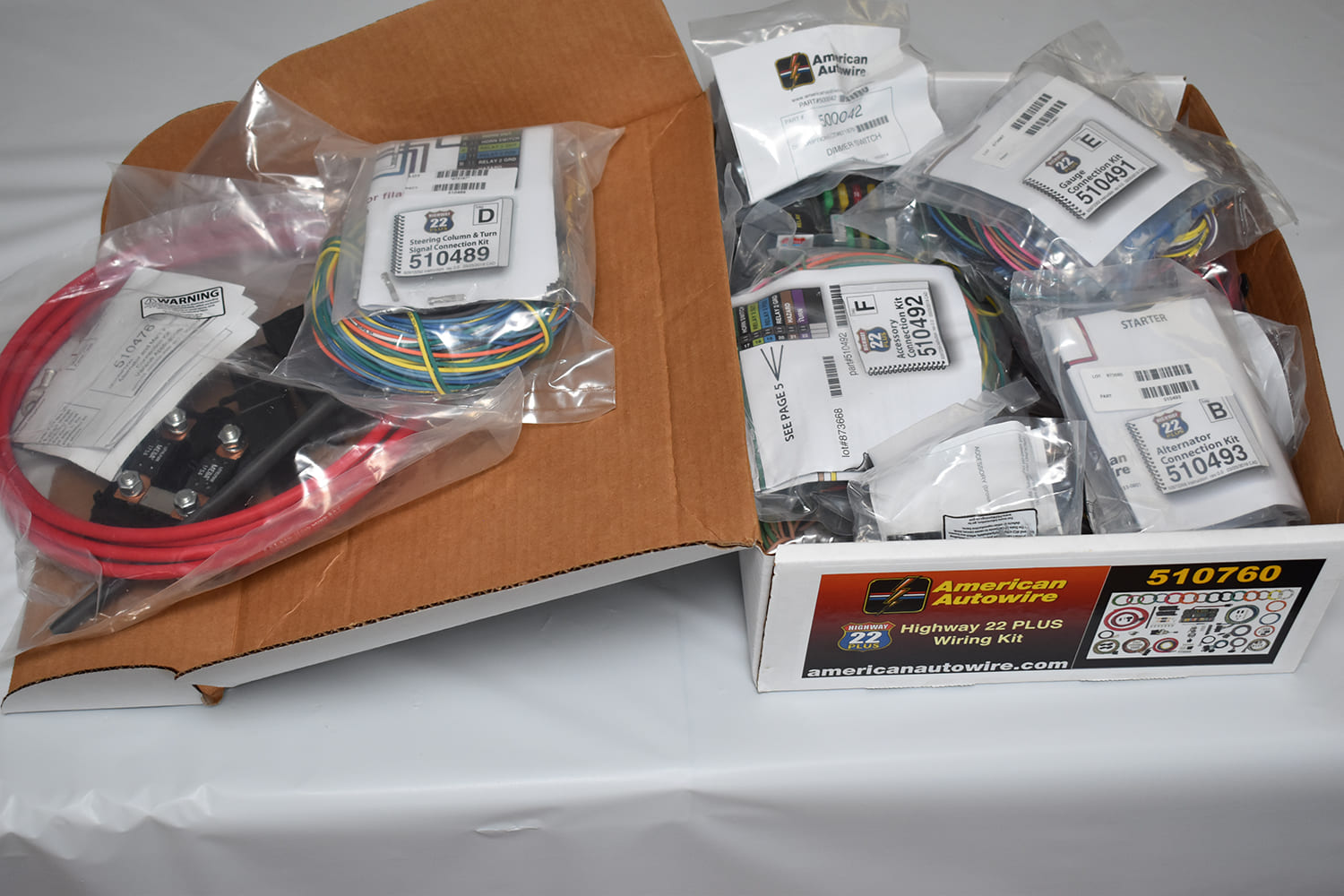
Generally, when installing a new fuse panel in a project such as this, the first concern is often hiding it from view. However, if you’ve ever had to lie on your back upside down under a dashboard to replace a fuse, it becomes obvious that easy access is equally important. Ironically, for a vehicle that is roughly the size of the Queen Mary, finding a spot under the dashboard of the Dodge to mount the fuse block was a challenge. Most of the space on the left side of the steering that would be considered the “normal” location for the fuse block was taken by the foot-operated parking brake, an odd mechanical mechanism for the windshield washer pump, and the clutch pedal assembly.
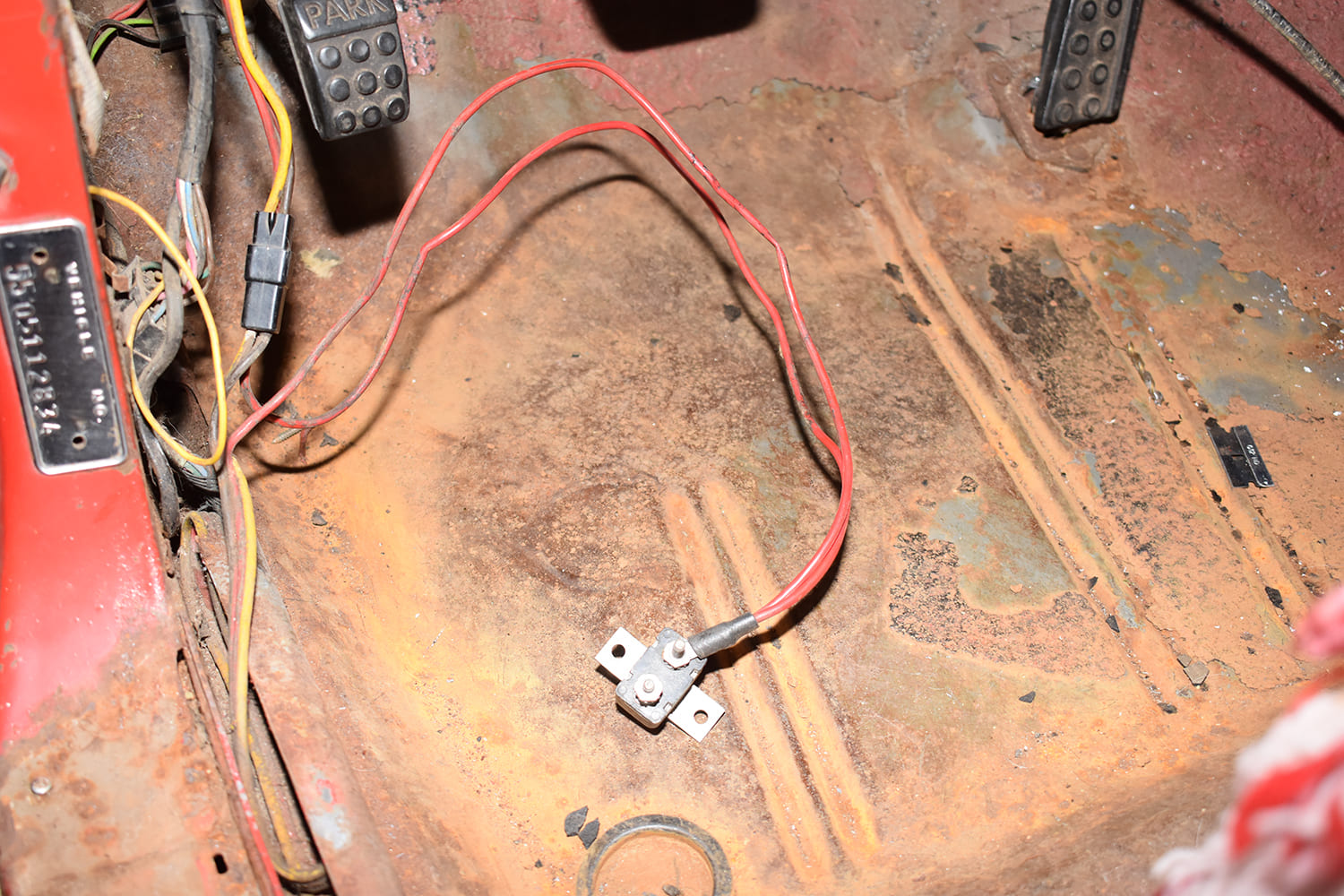
Locating the fuse block on the right side of the steering column looked to be our only option, but there was a large vacuum-controlled rectangular vent for the heater in the way. However, as we had planned on removing the factory heater and replacing it with a Vintage Air unit, a block-off plate was made for the opening from aluminum, allowing us to mount the new fuse panel above the transmission tunnel. While unconventional, locating the fuse block under the center of the dashboard turned out to have several advantages—it was out of sight, and it’s easily accessible due to pure dumb luck by removing the ashtray. Sometimes it’s better to be lucky than good.
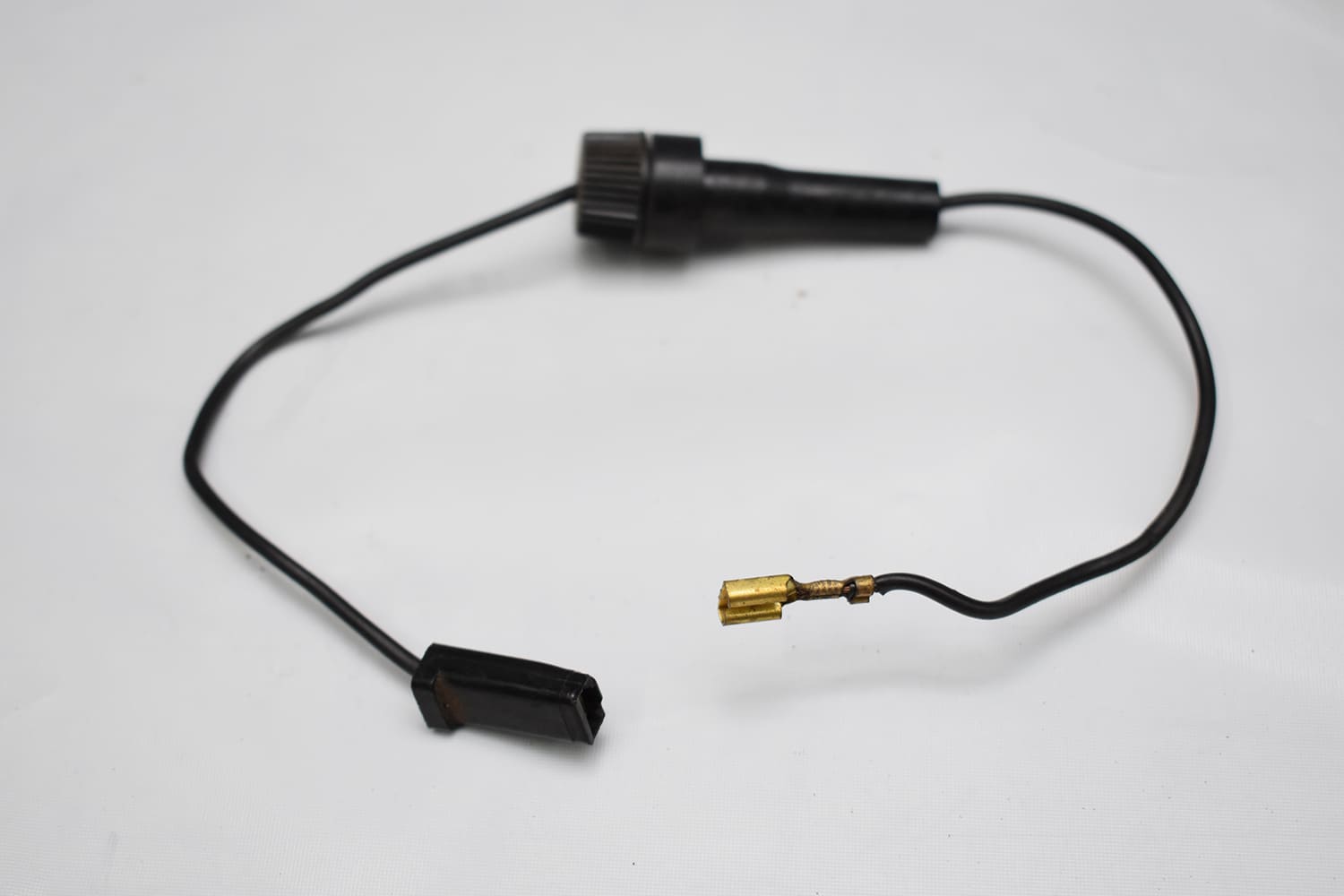
Another challenge we were facing with our wagon was the instrument panel. Along with warning lights for the charging system and oil pressure were temperature and fuel level gauges, none of which worked, so they were all eliminated. The faulty instruments and warning lights were replaced with gauges from Classic Instruments that are housed in the space once occupied by the original AM radio. The knobs for the Vintage Air system to come are mounted in a custom aluminum panel where the factory heater controls were once located.
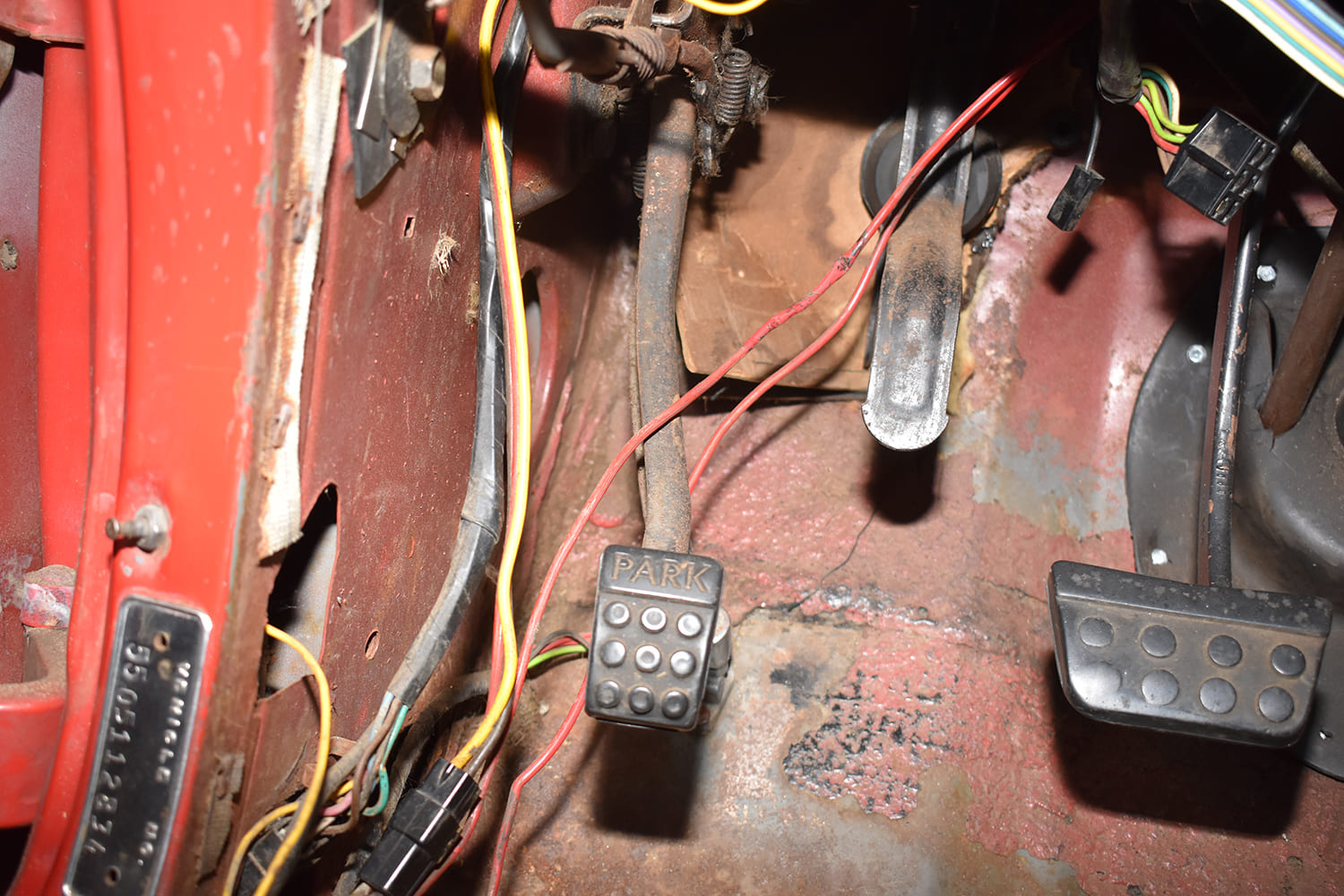
As a part of the electrical system upgrade, we replaced the original generator with a Powermaster, one-wire alternator. Rather than go with the more often seen GM alternator, we elected to stick with the Mopar theme and install a Chrysler “original look” alternator. They are available for use with external regulators or in one-wire configuration, which is what we opted for.
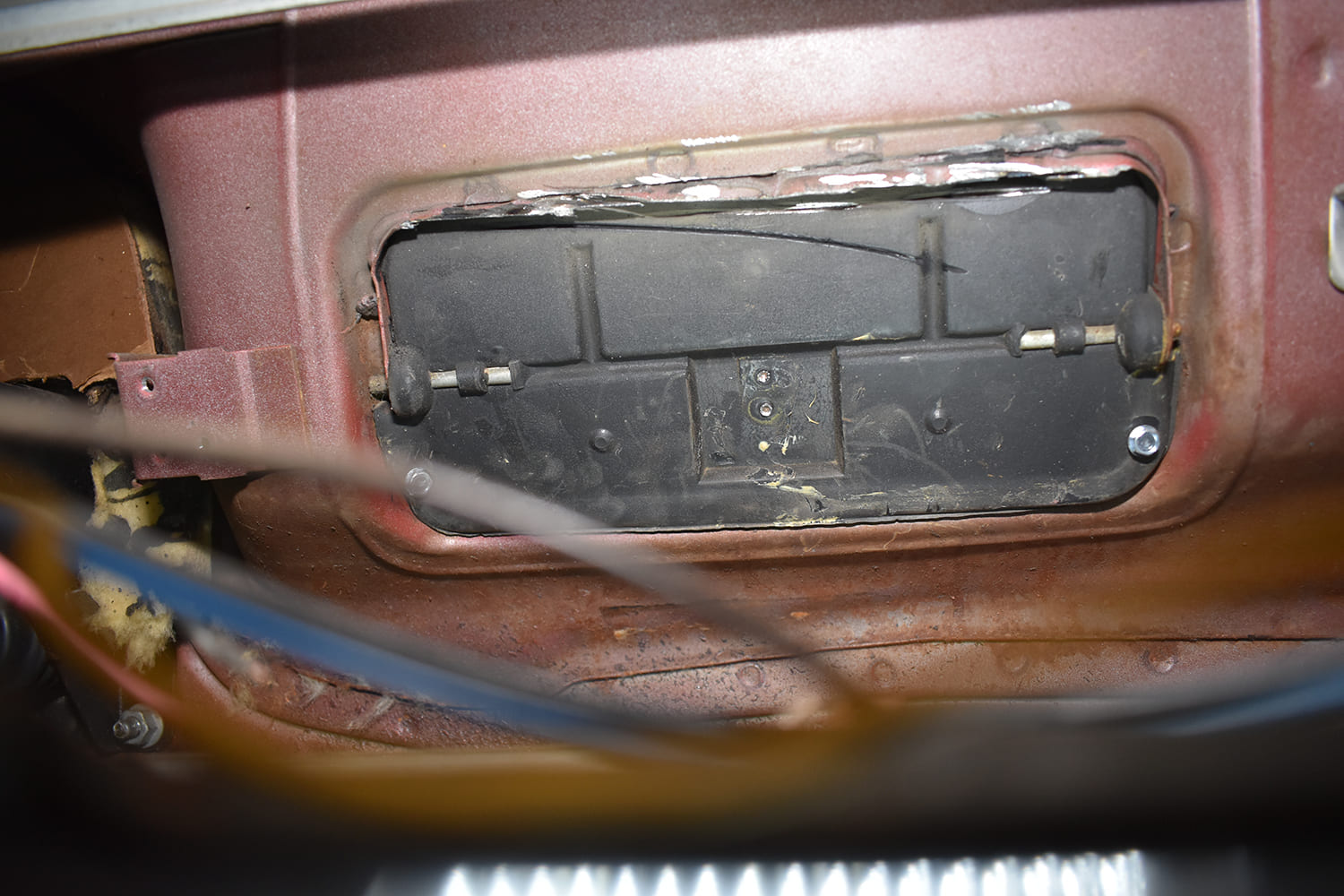
Another upgrade we made was the addition of American Autowire’s Headlight Enhancement Relay kit. As we elected to maintain the original light switch, this relay kit reduces its electrical load. The light switch now operates a pair of relays that control the lights.
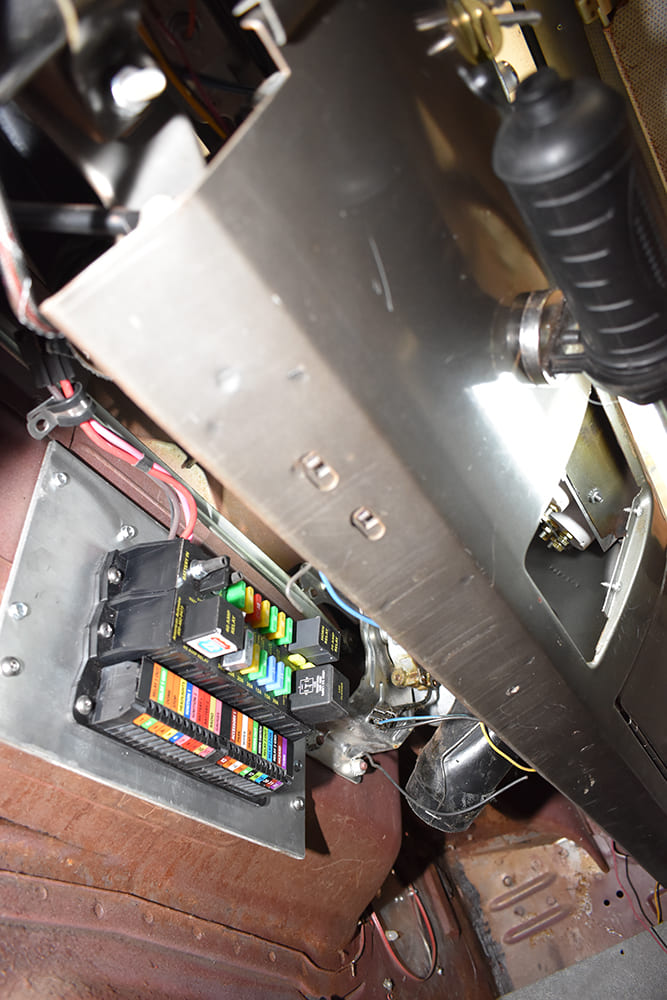
Our Highway 22 Plus wiring harness came with groups of wires packaged in labeled bags indicating what they operate and where they go. In addition, the individual wires are labeled and color-coded; a real plus is the large-format instructions that are easy to follow. When it comes to updating an electrical system, American Autowire has made getting connected as easy as possible.
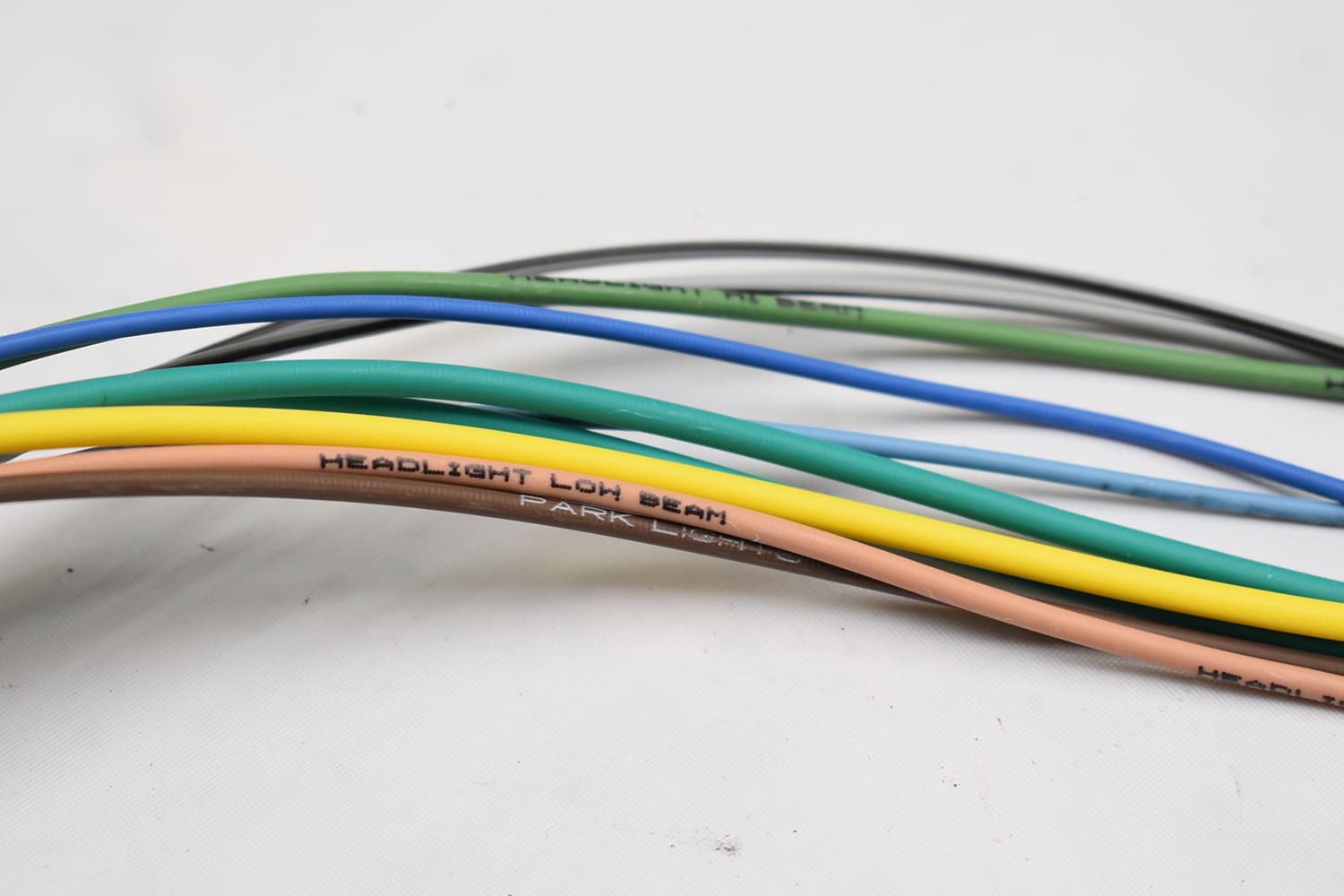
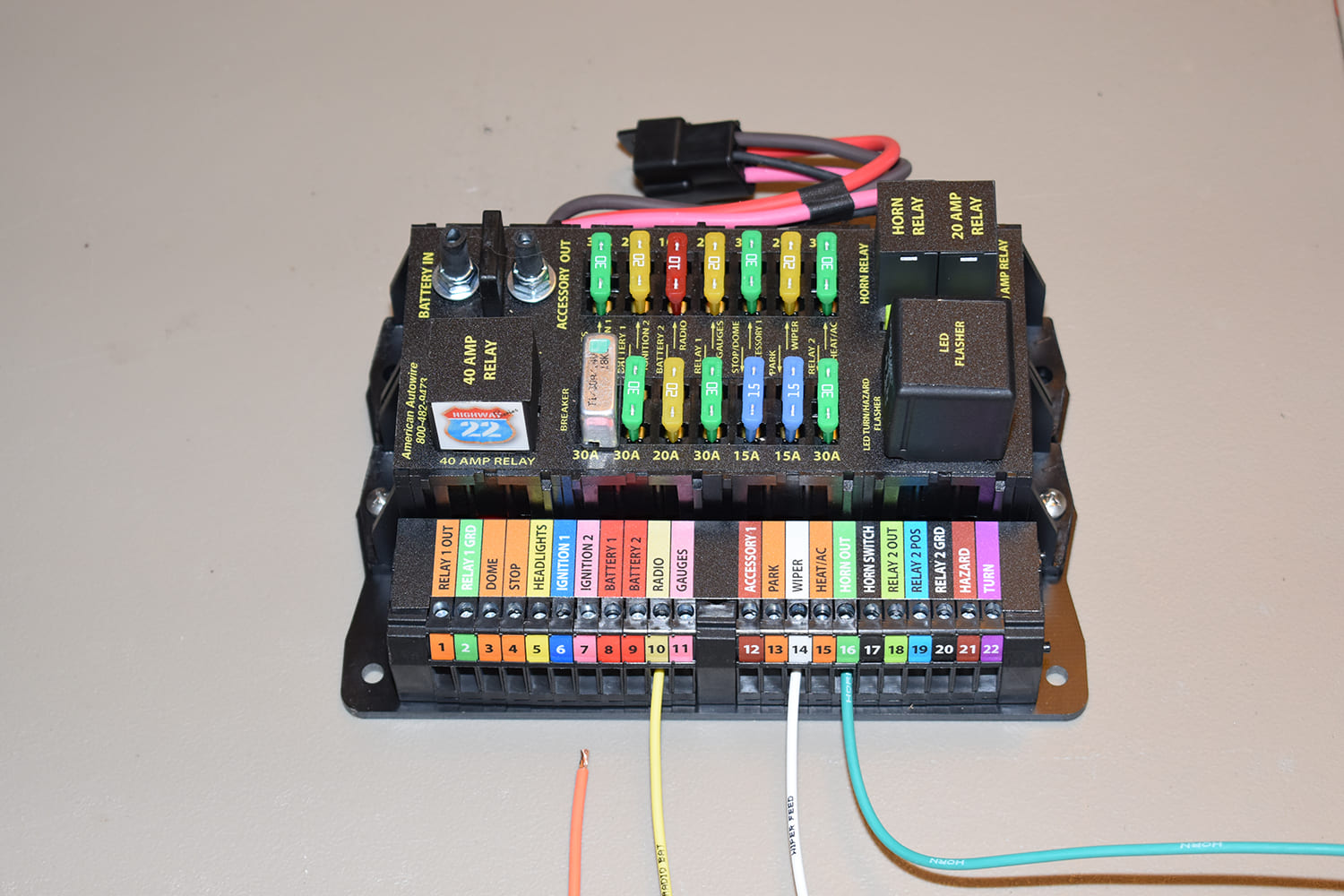
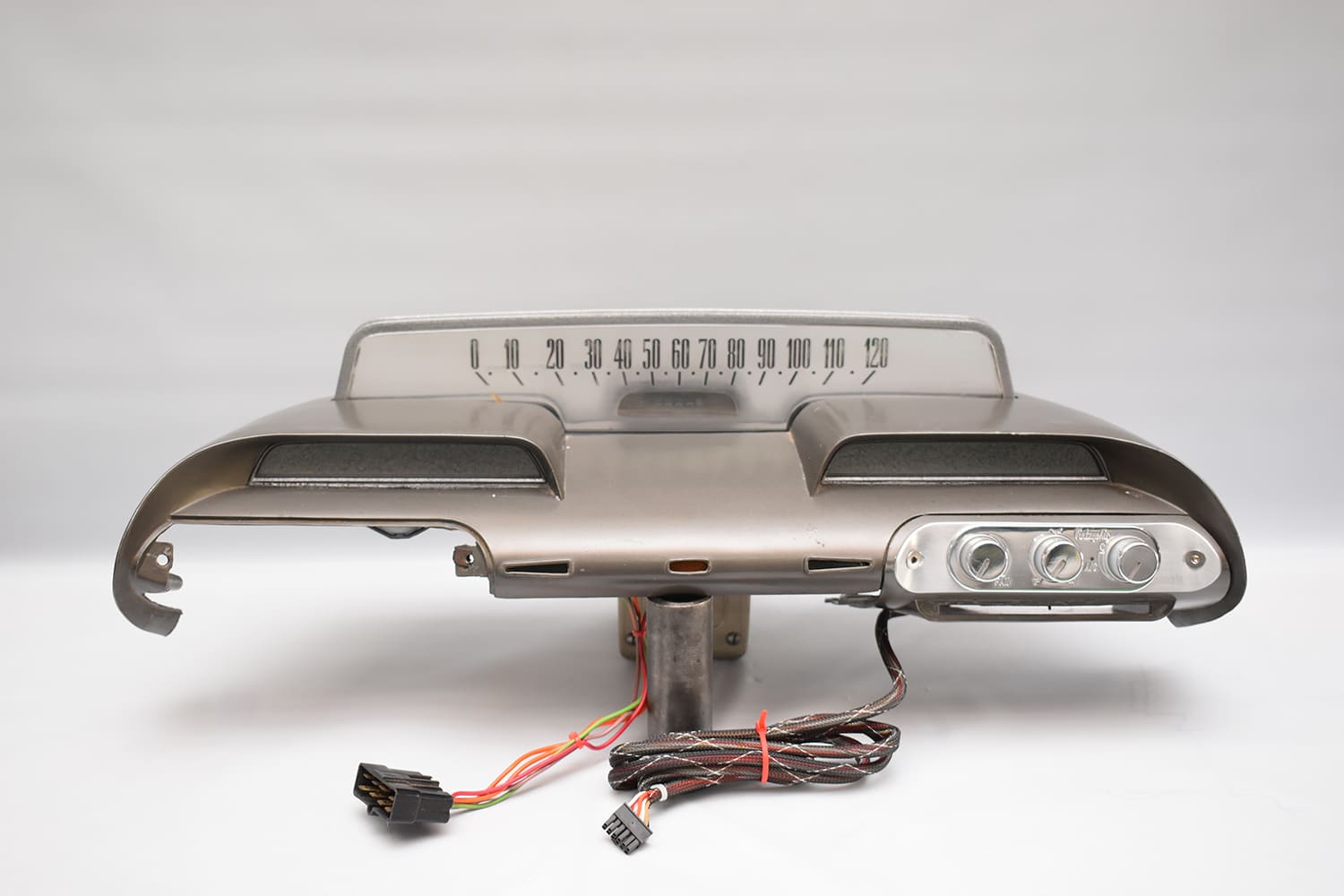
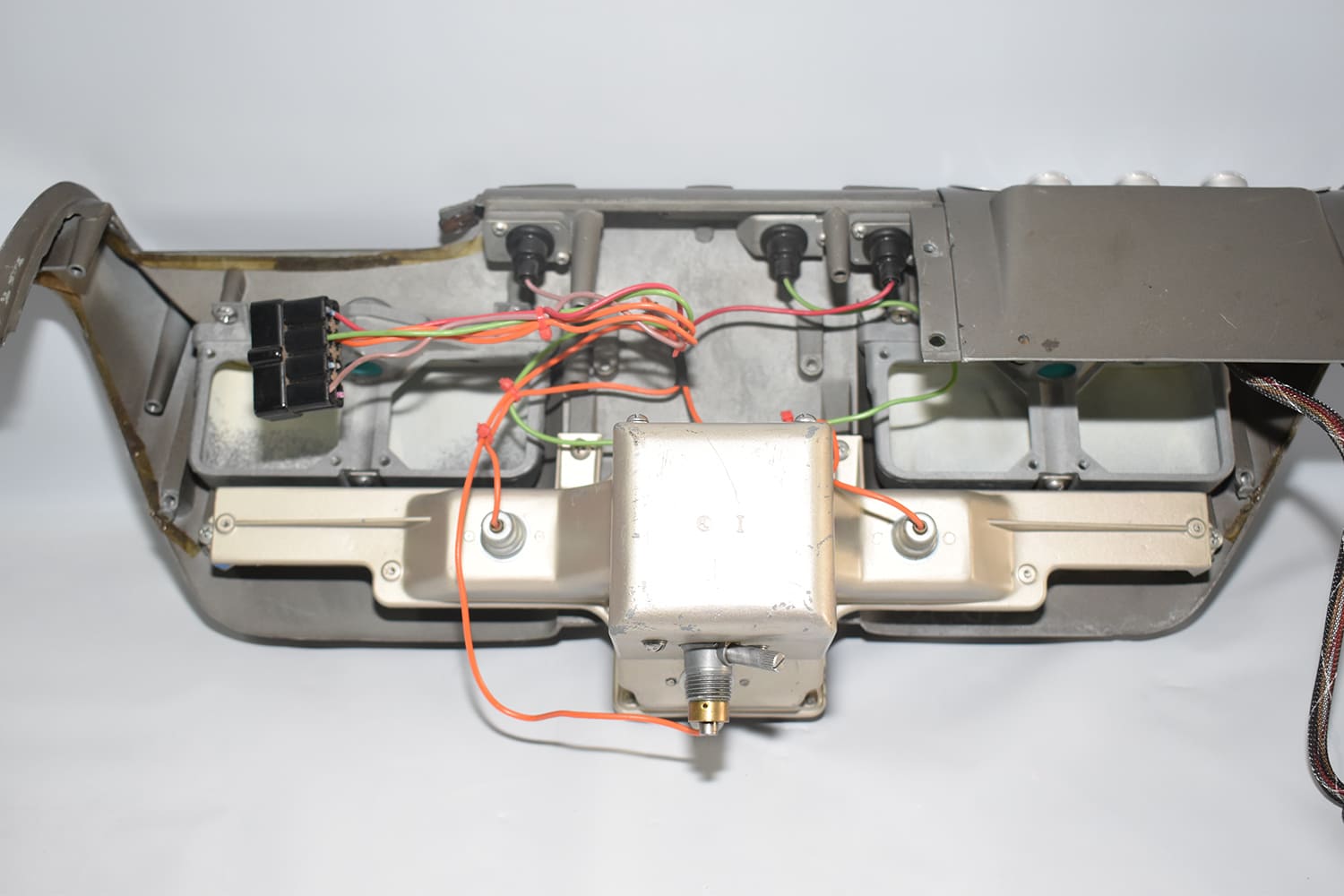
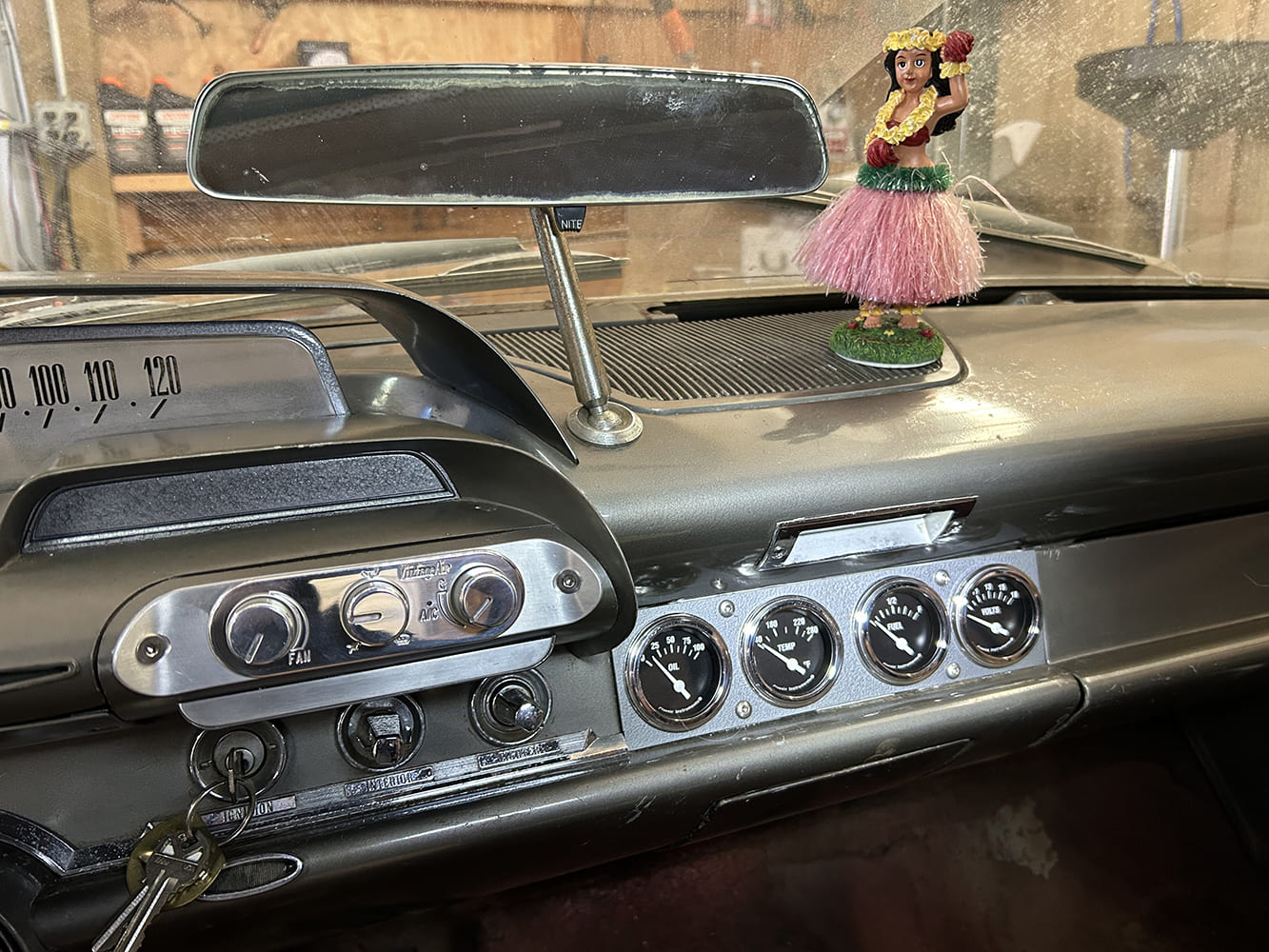
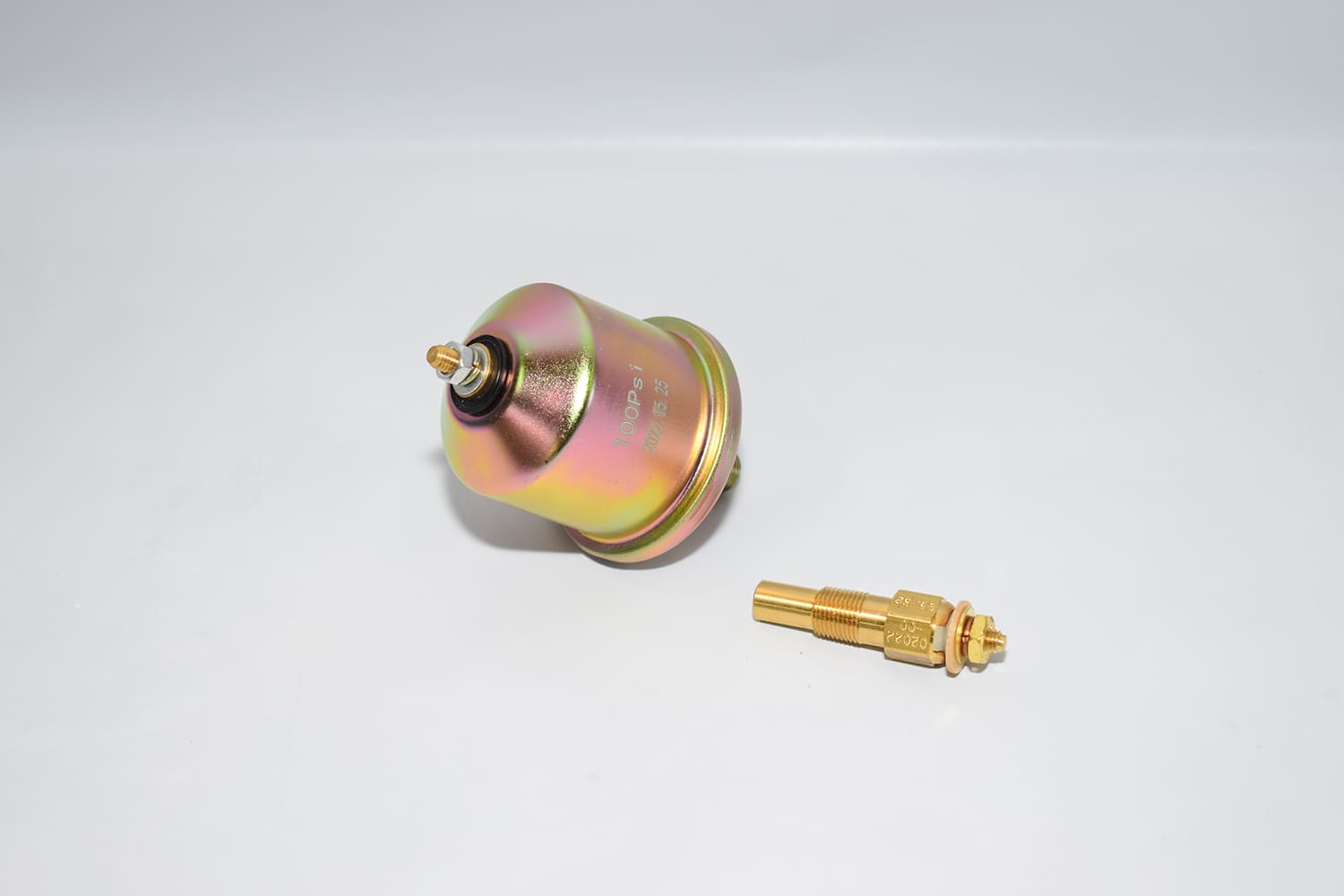
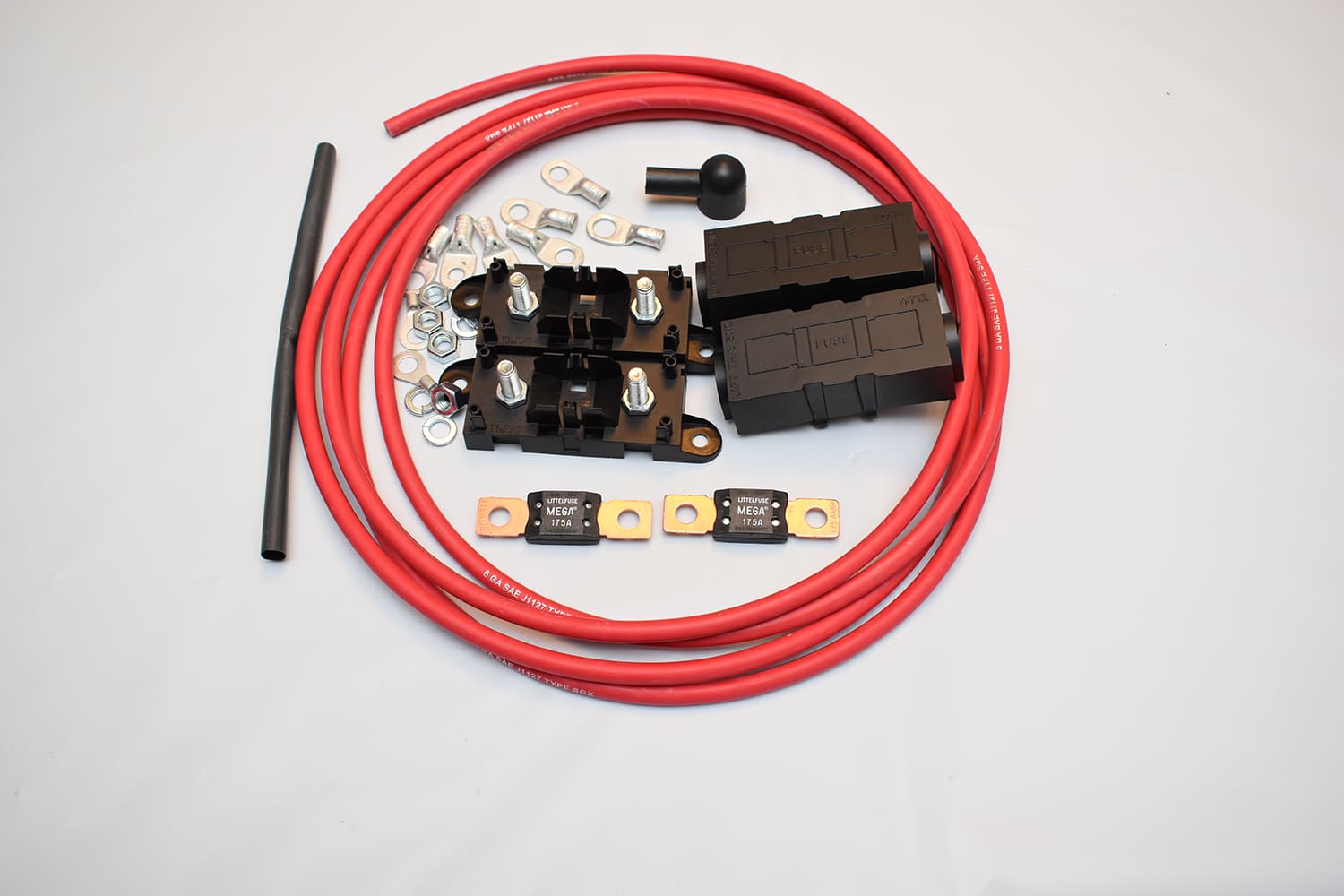
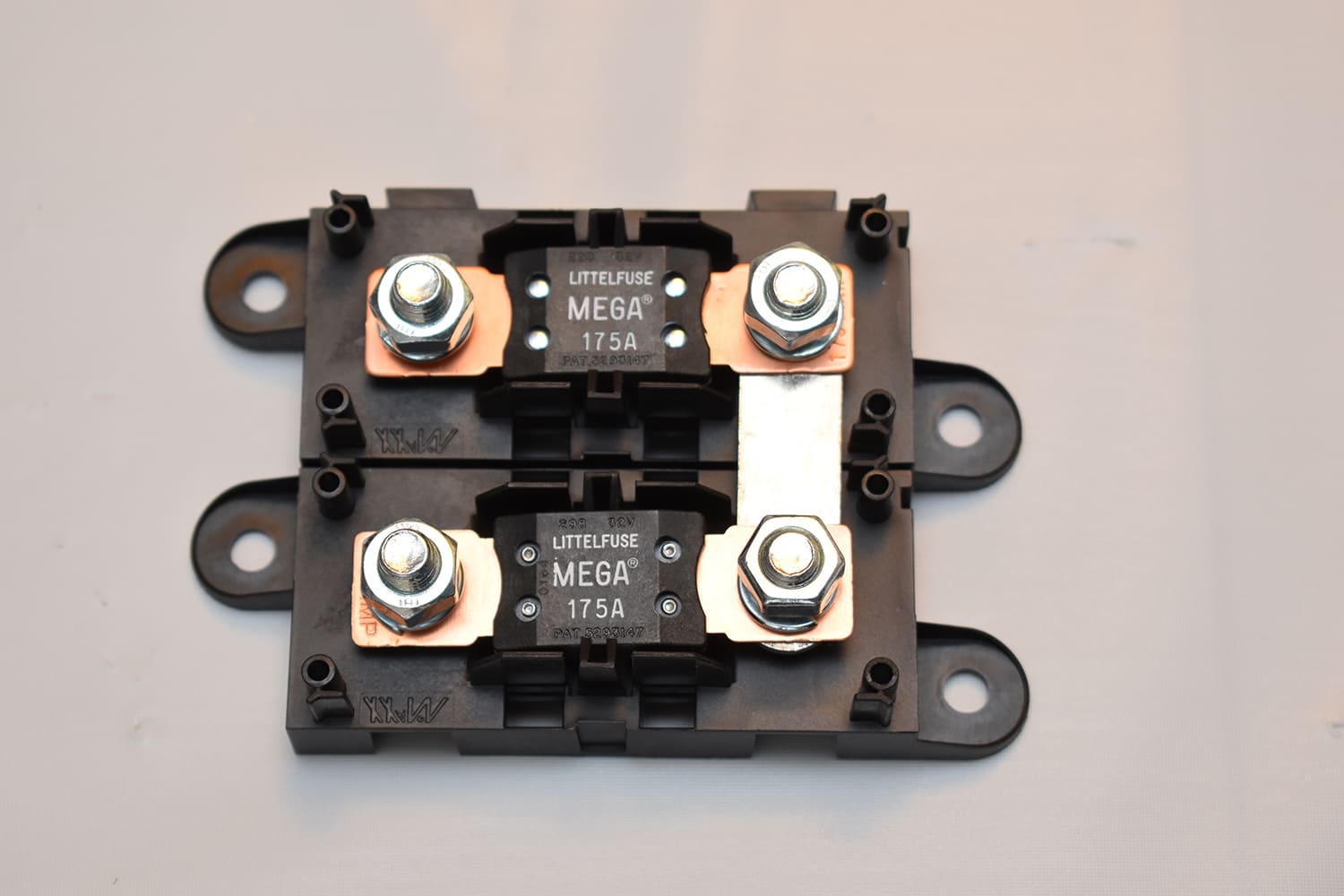
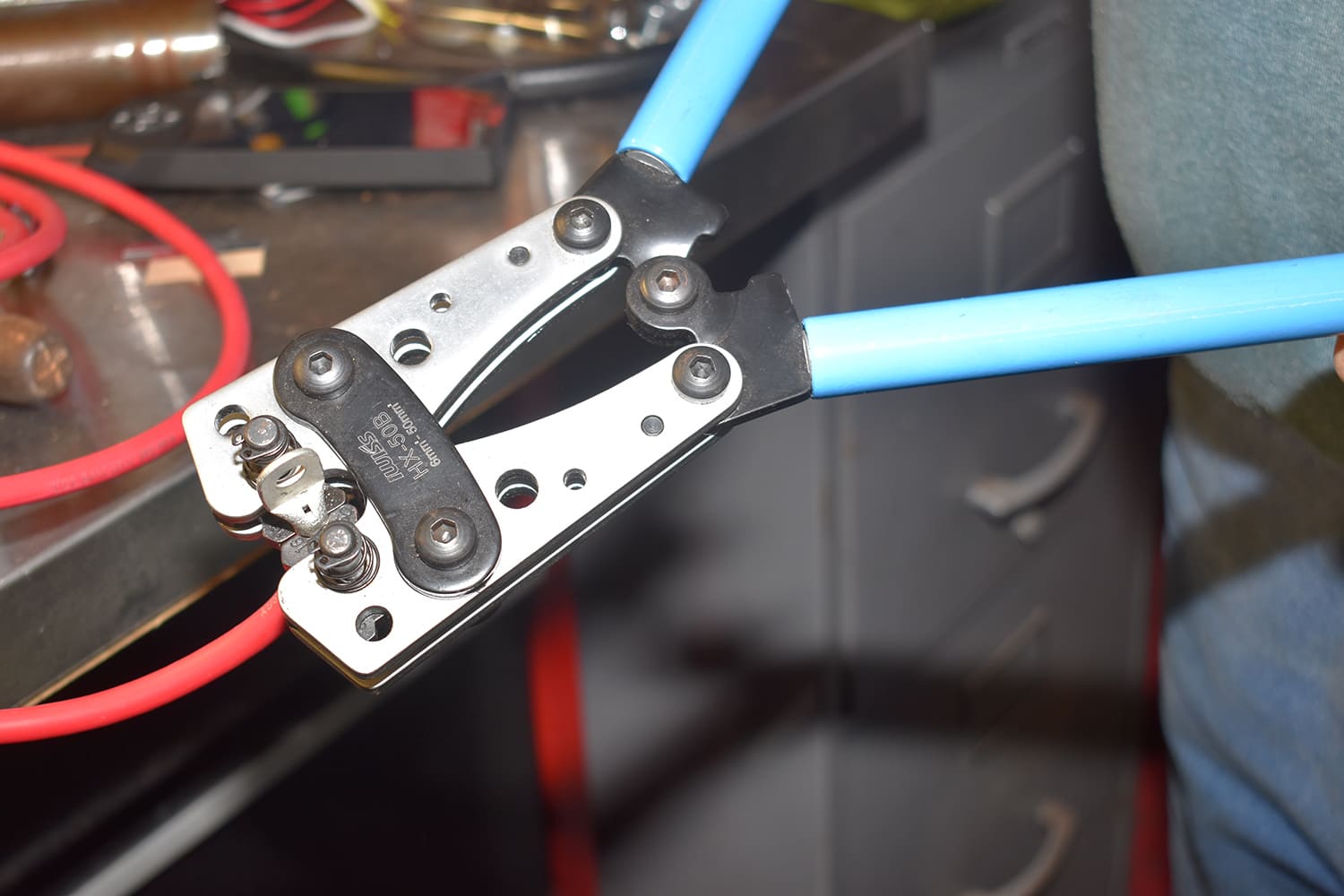
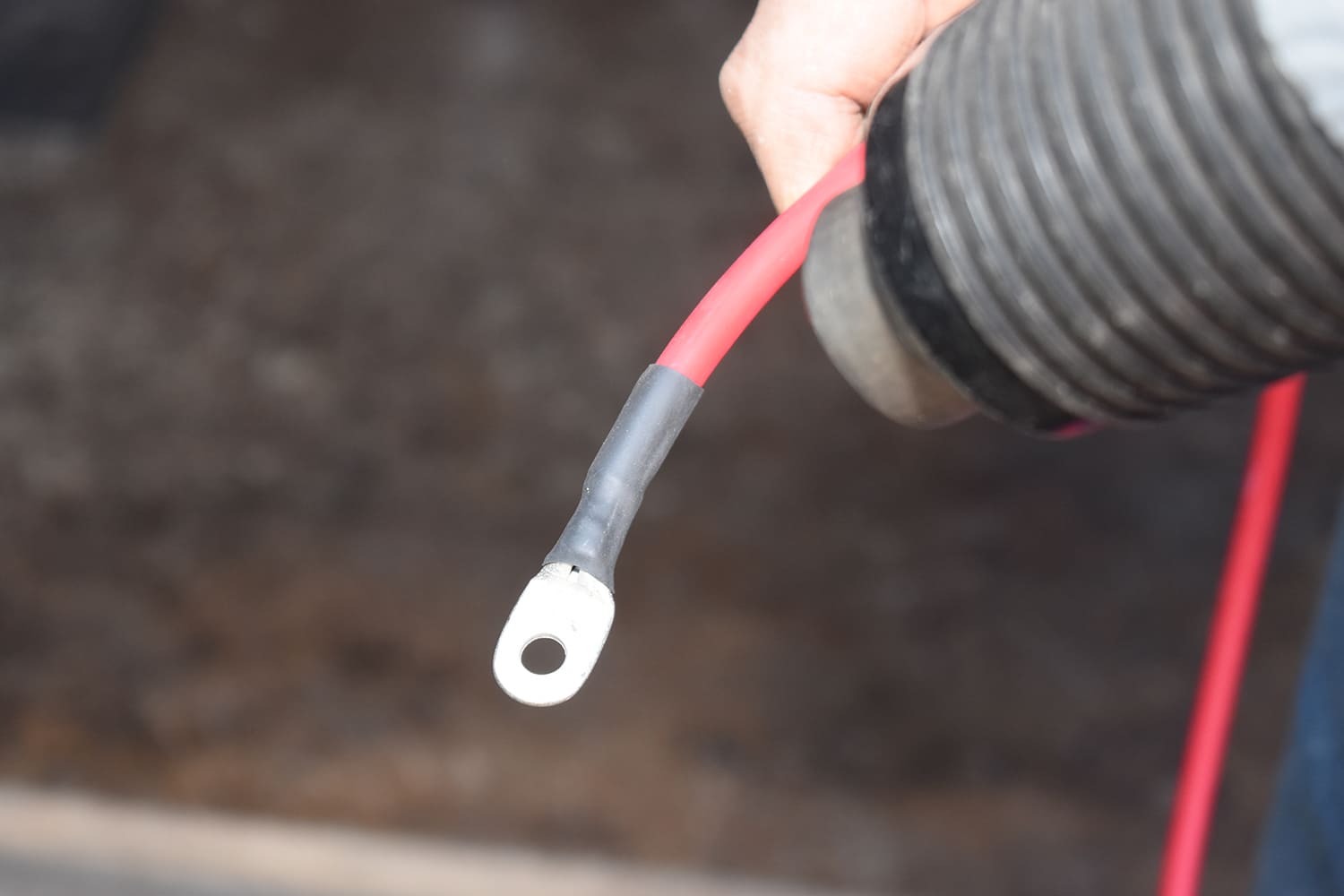
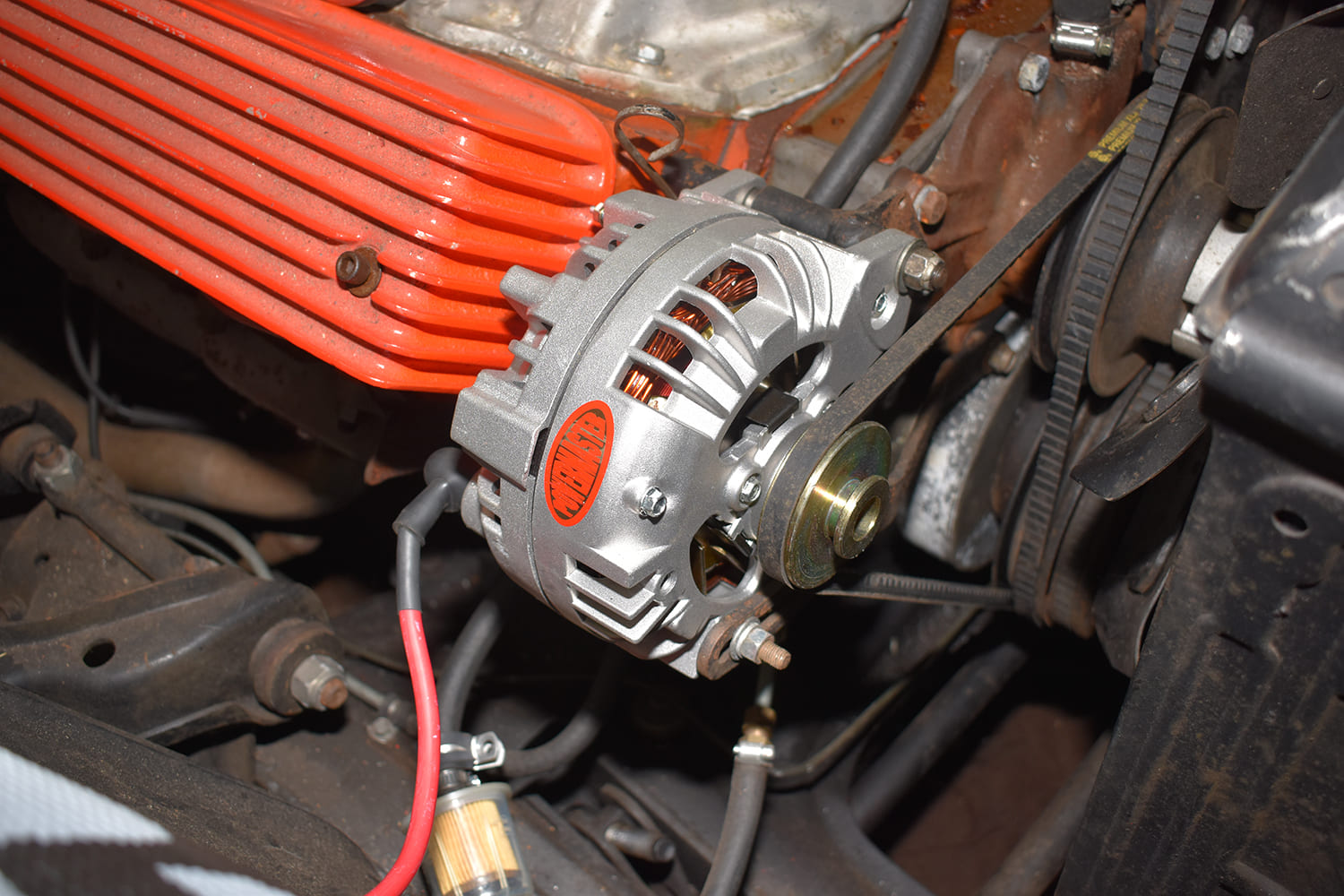
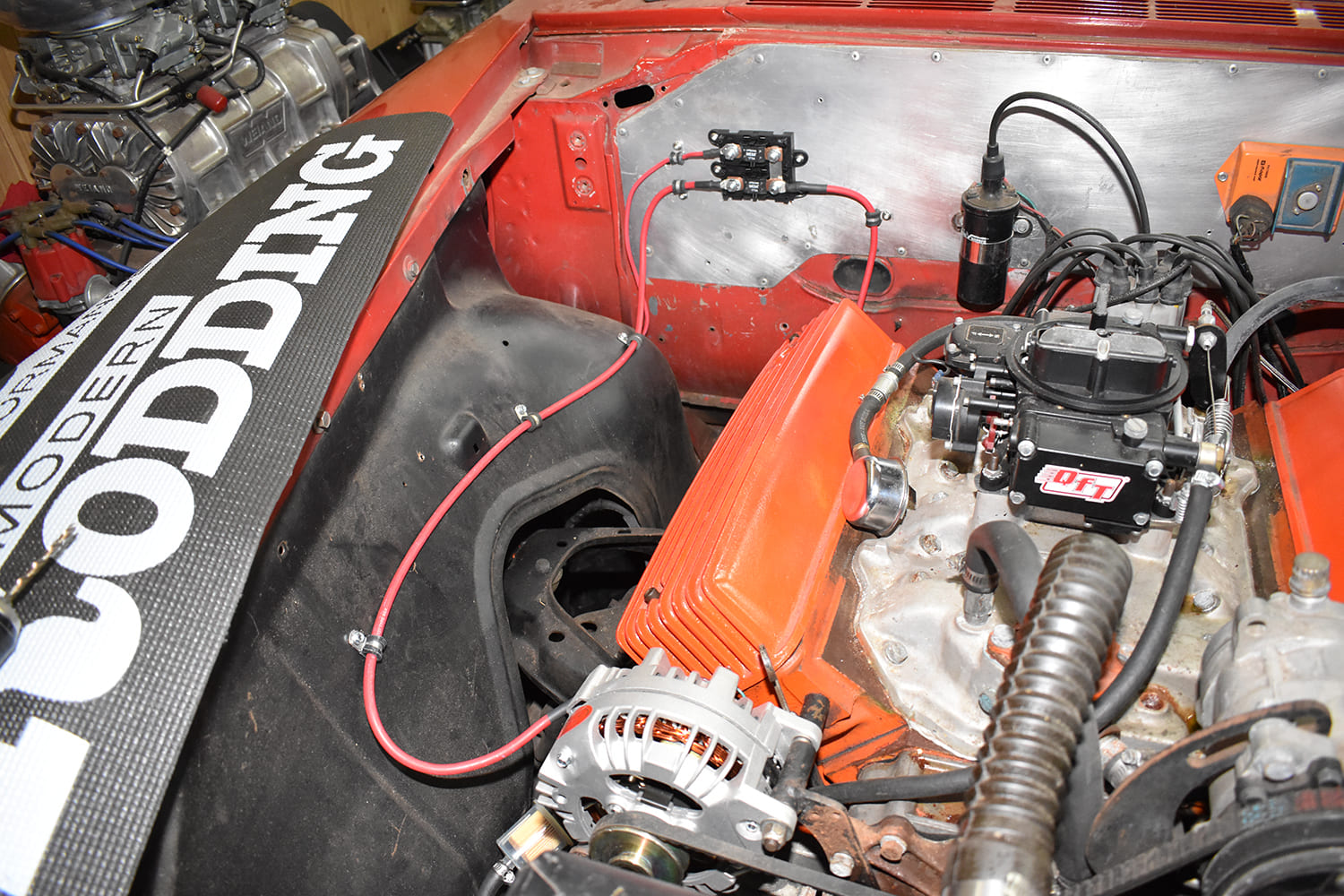
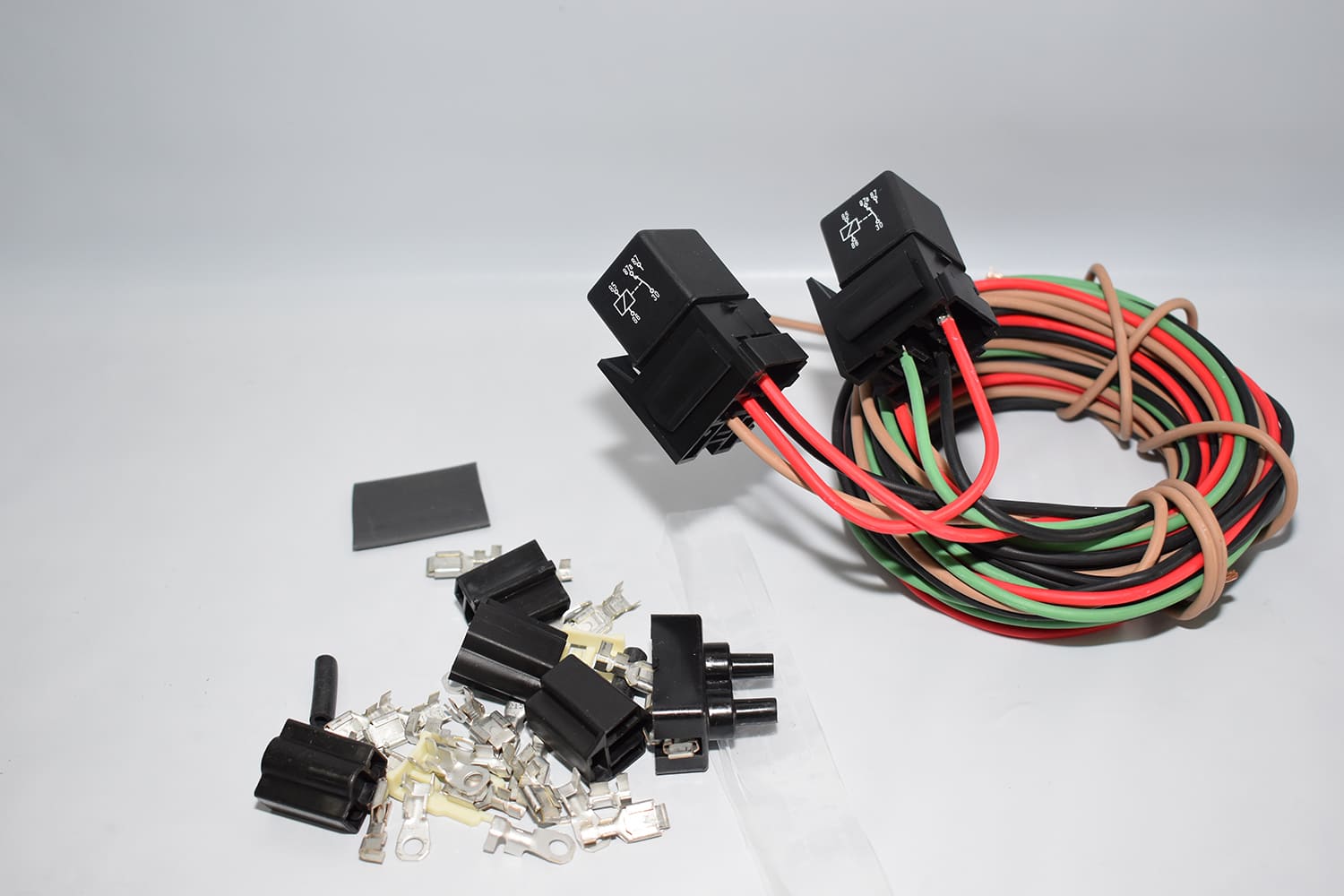
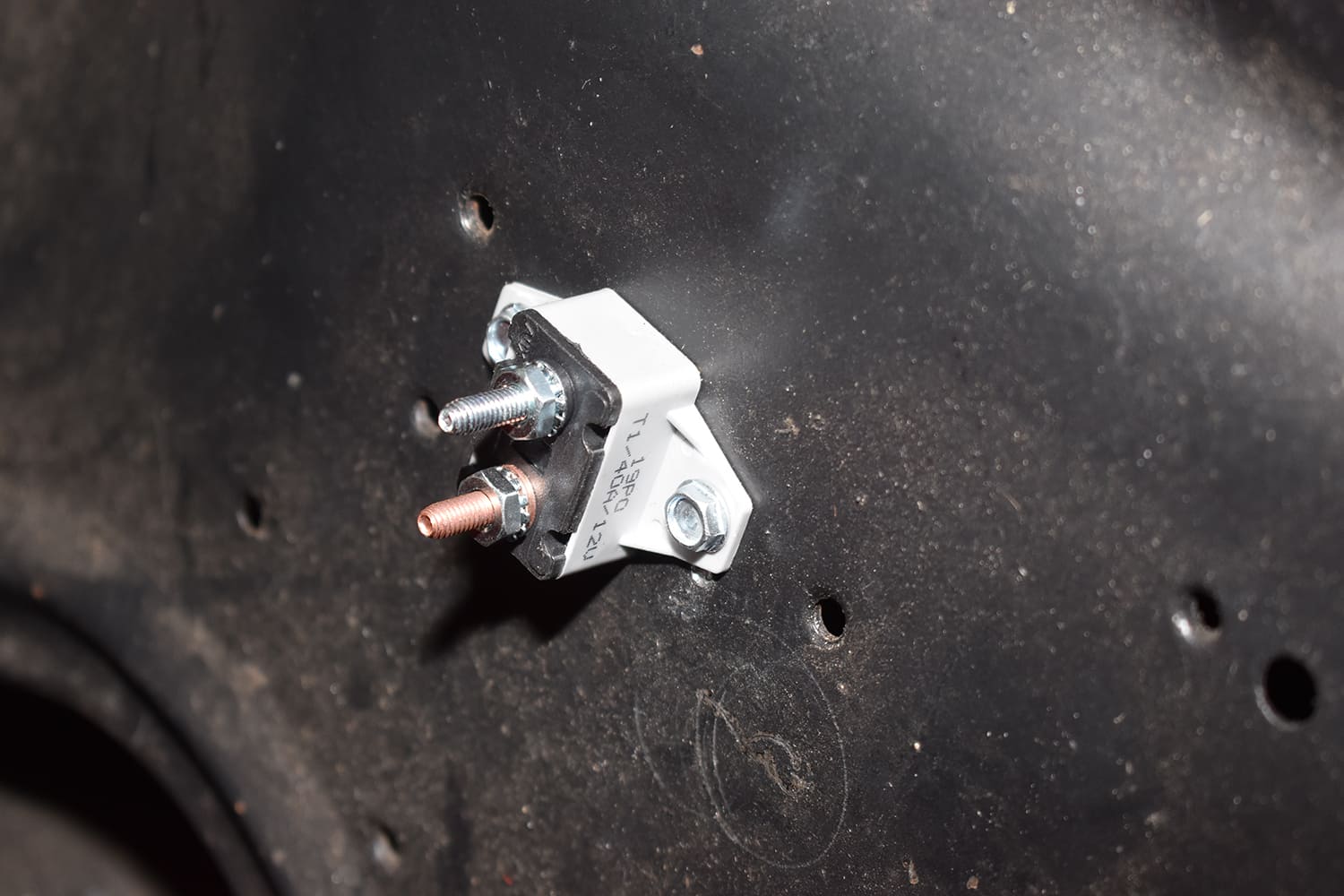
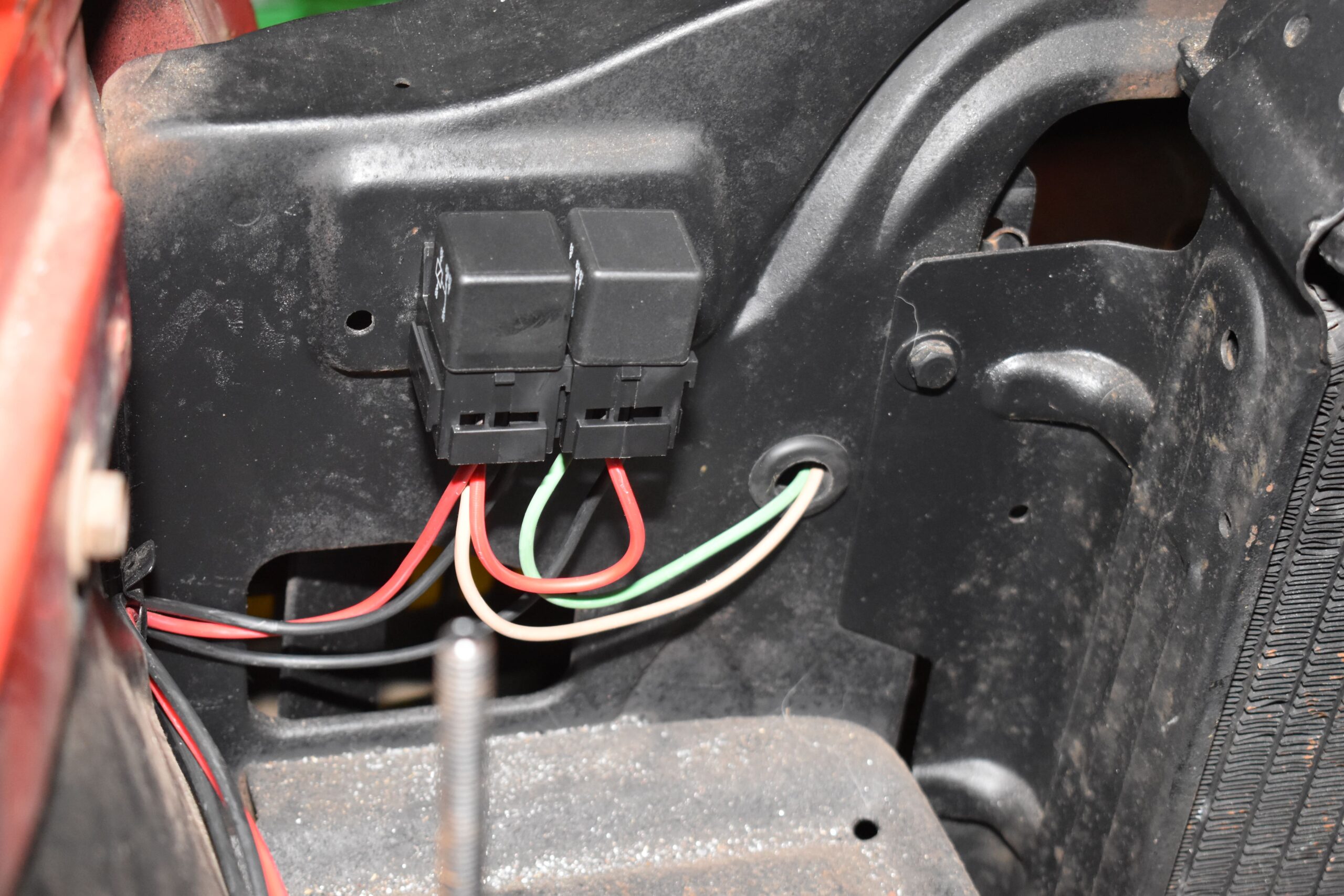
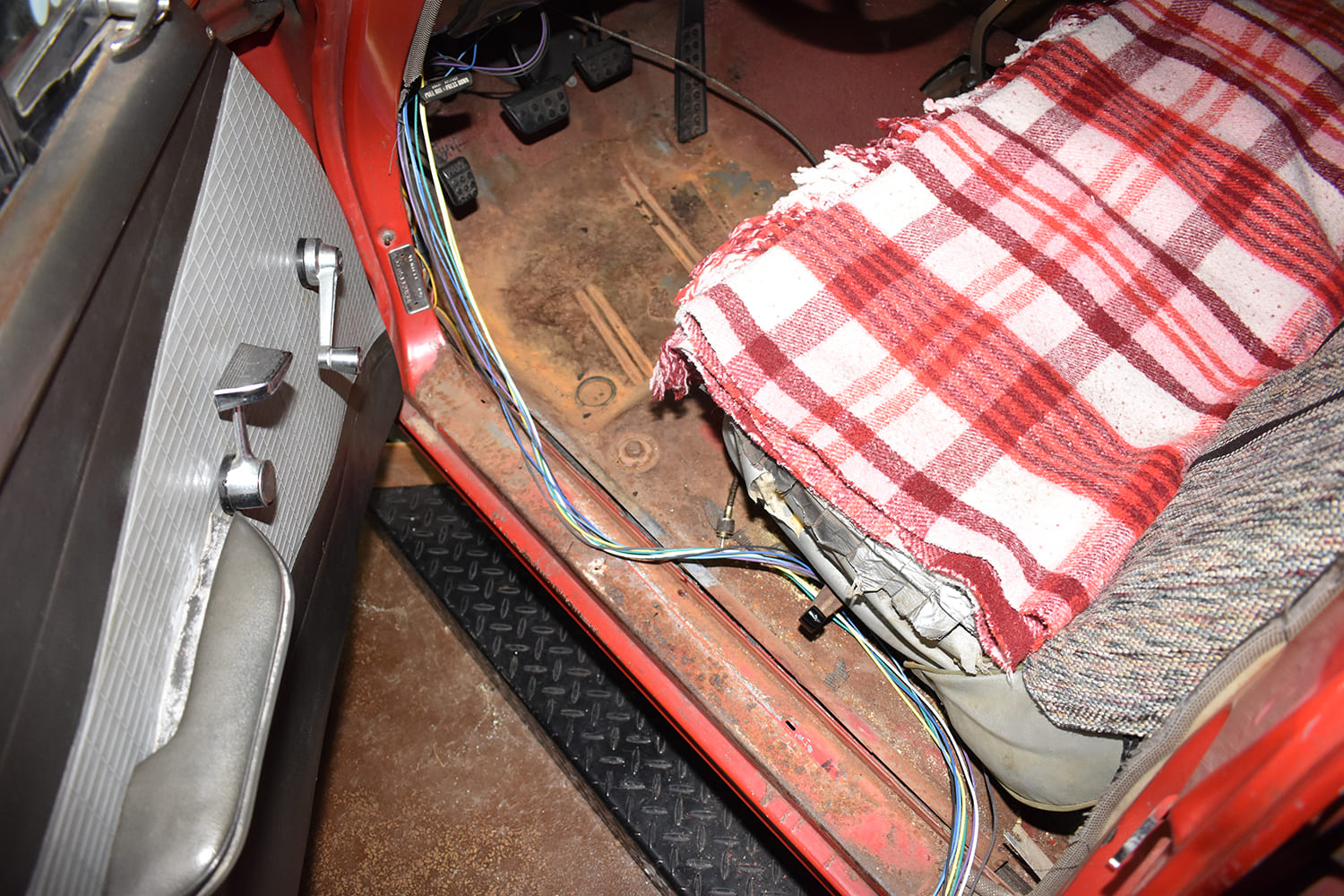
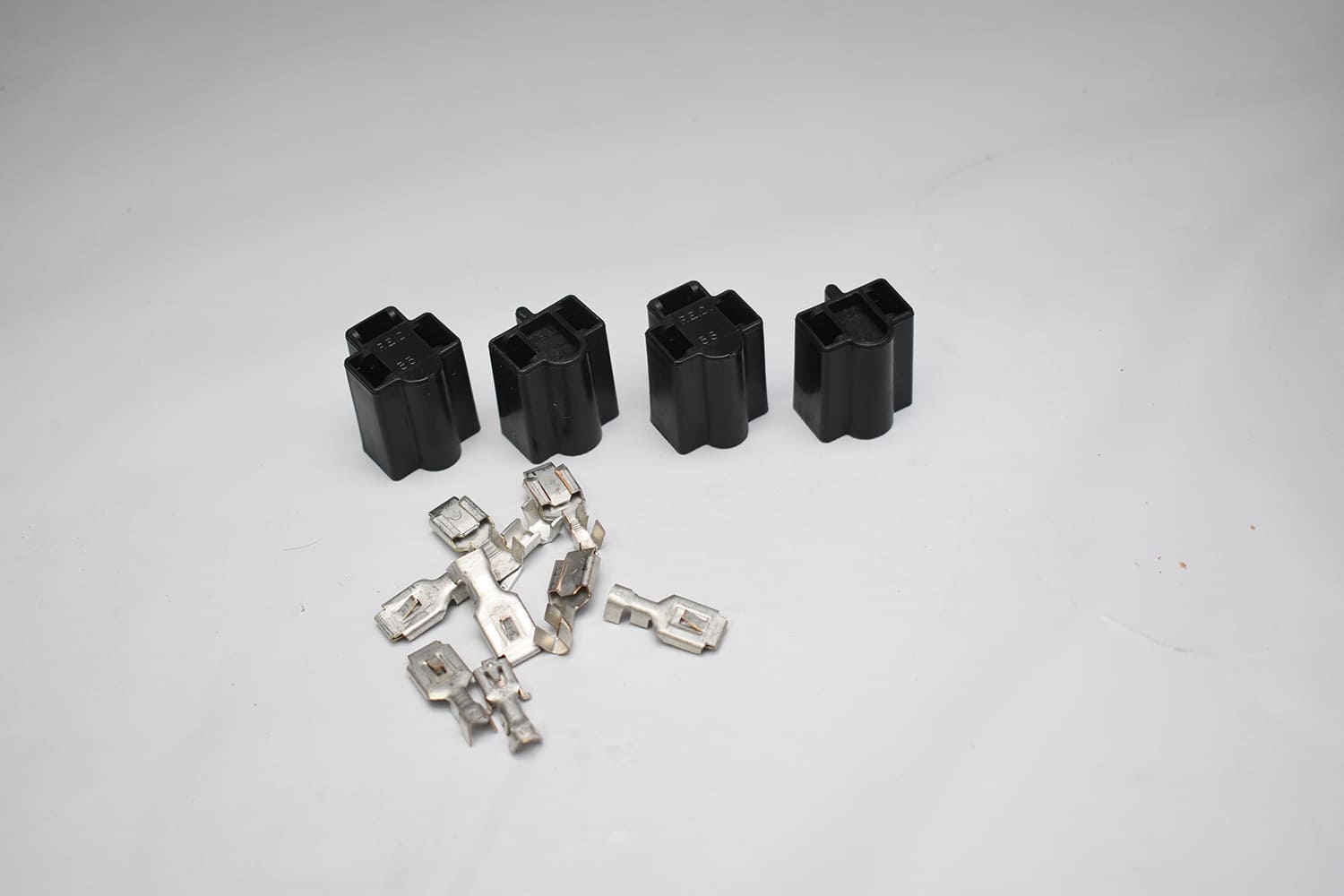
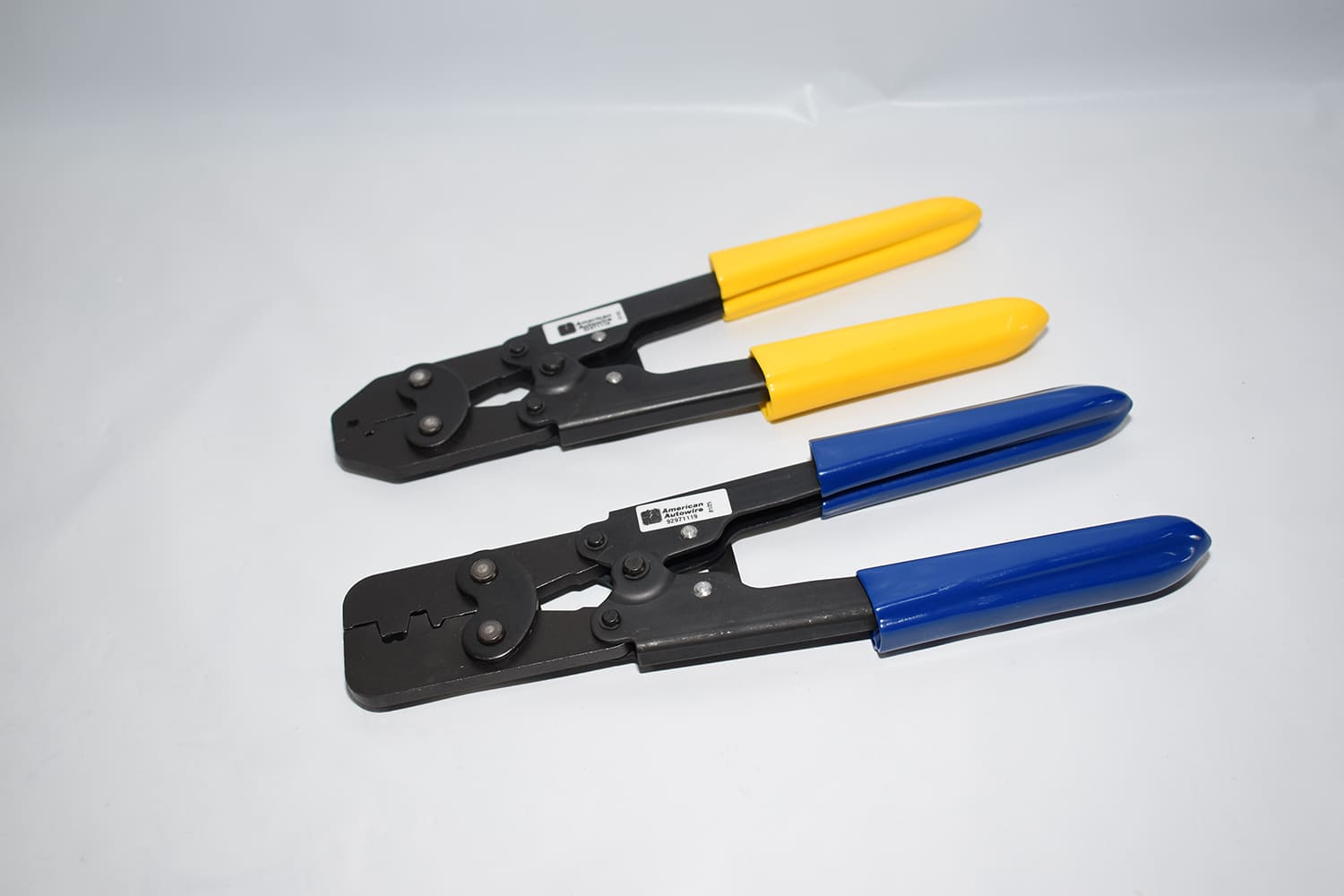
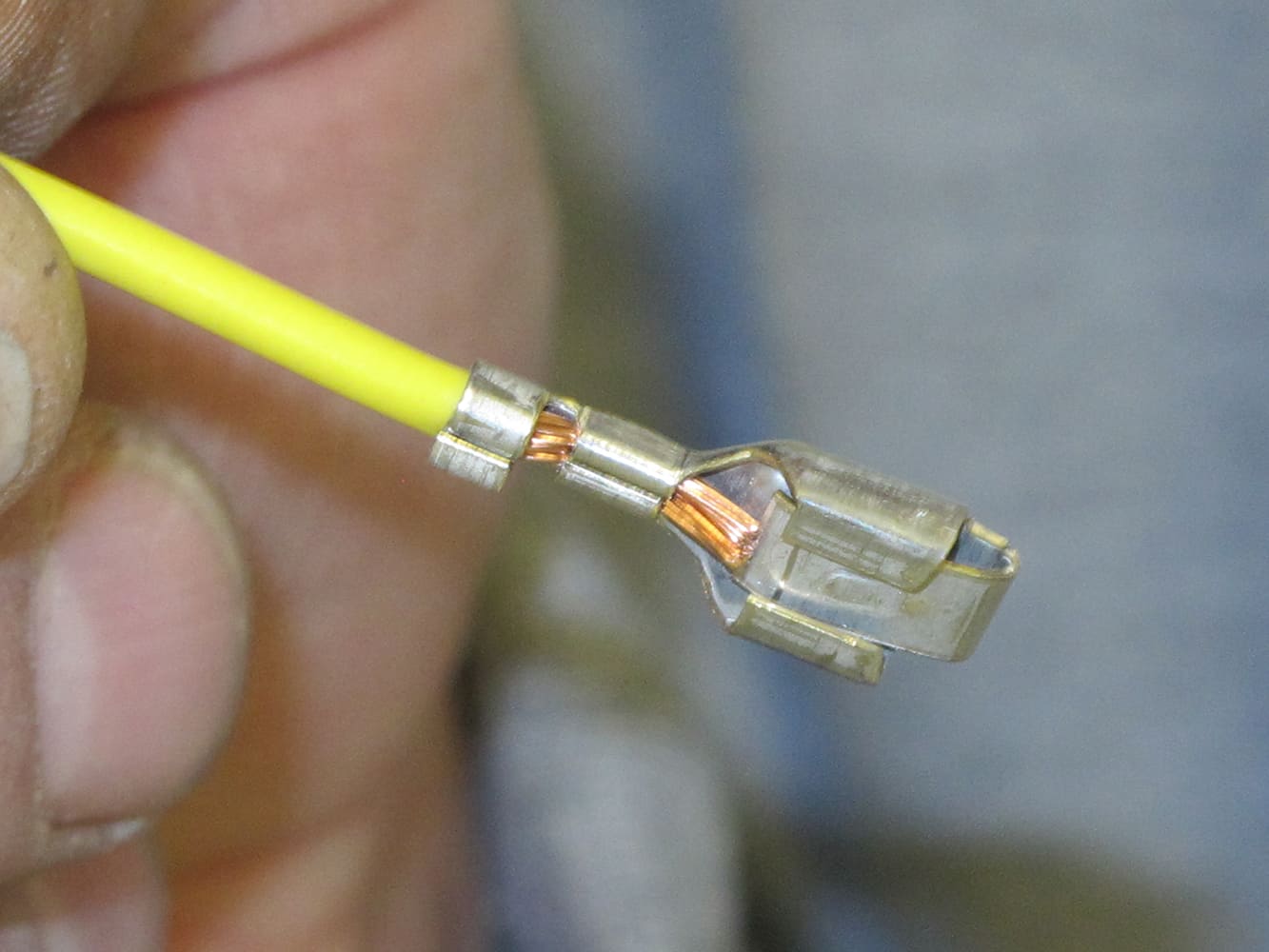
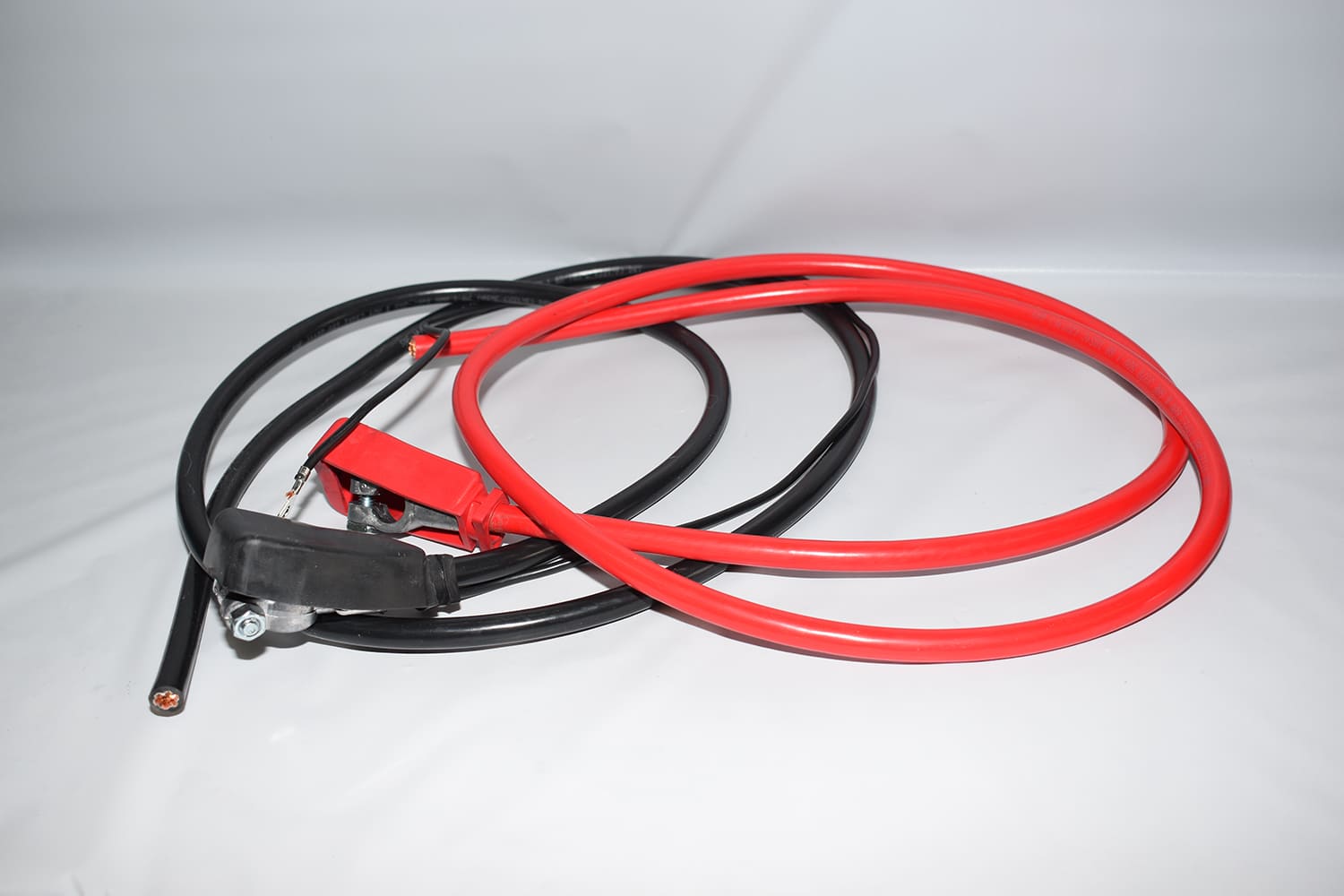
Choosing an OPTIMA Battery
The final step in our wagon’s electrical evolution was the installation of an OPTIMA battery. These AGM (absorbent glass mat) batteries hold acid in place by absorbing it like a sponge, preventing spills. Using spiral cell technology, OPTIMA batteries combine pure lead plates, fiberglass separators, and electrolyte wound, giving them their unique “six-pack” appearance.
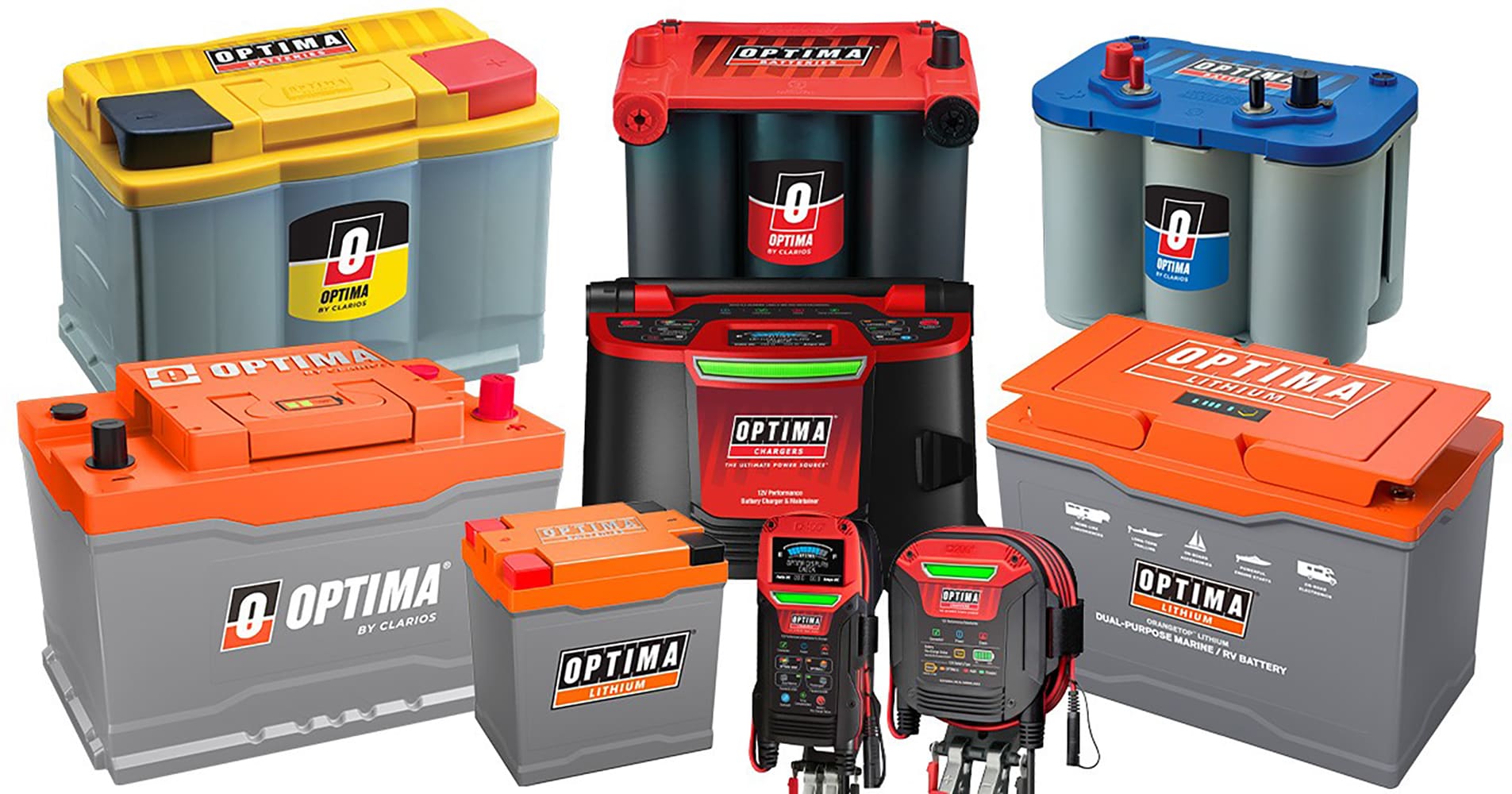
OPTIMA batteries are renowned for their longevity and durable construction. The only question is, which one to choose? The color of the top can easily identify OPTIMA batteries:
REDTOP provides the strongest 5-second burst of starting power. These batteries provide reliable cranking power for stock and modified vehicles with properly sized alternators.
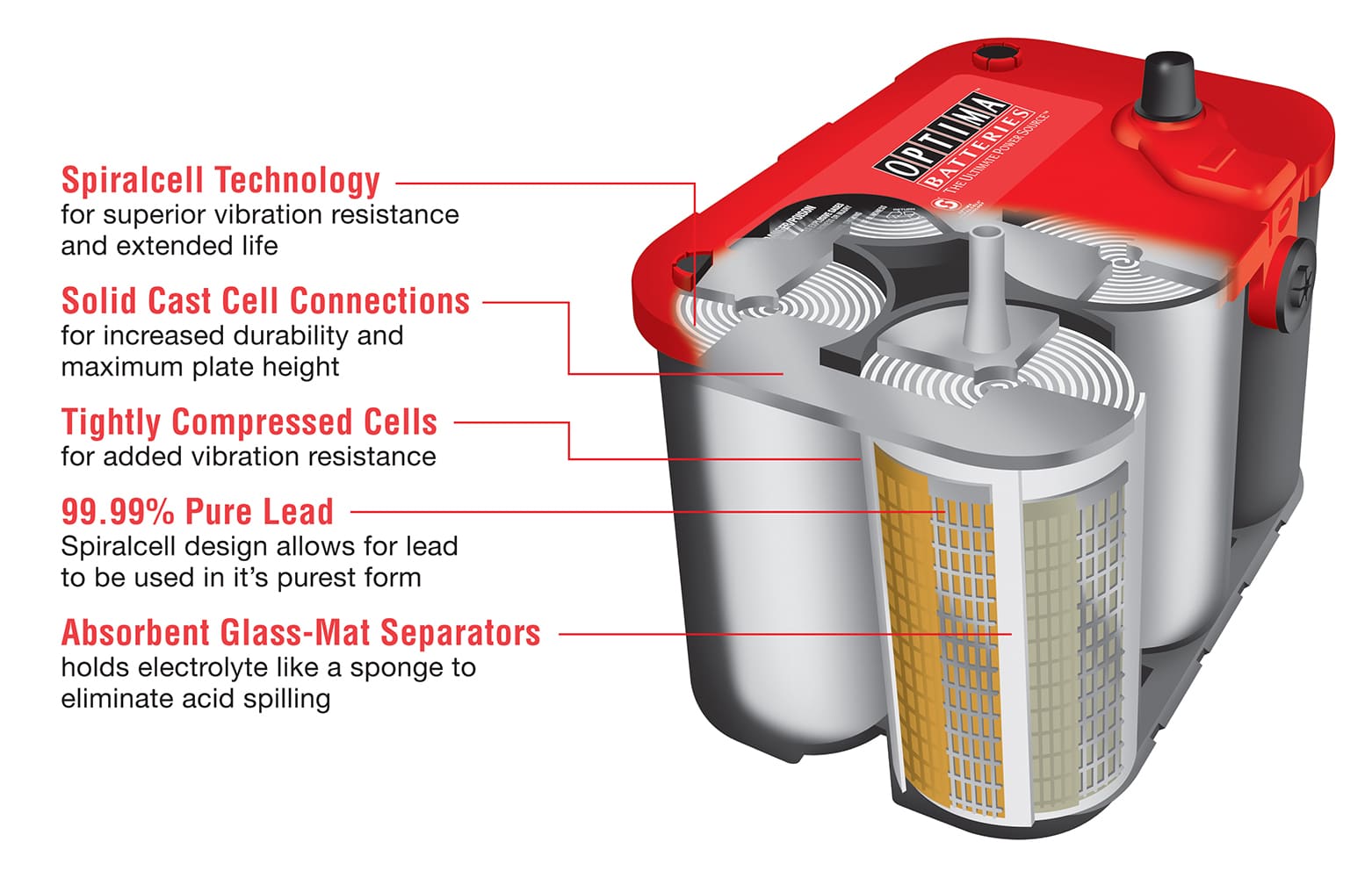
YELLOWTOP is designed to handle the extreme cycling demands of modern vehicle accessories, which means it can repeatedly withstand deep drains. It is ideal for vehicles that may sit for extended intervals.
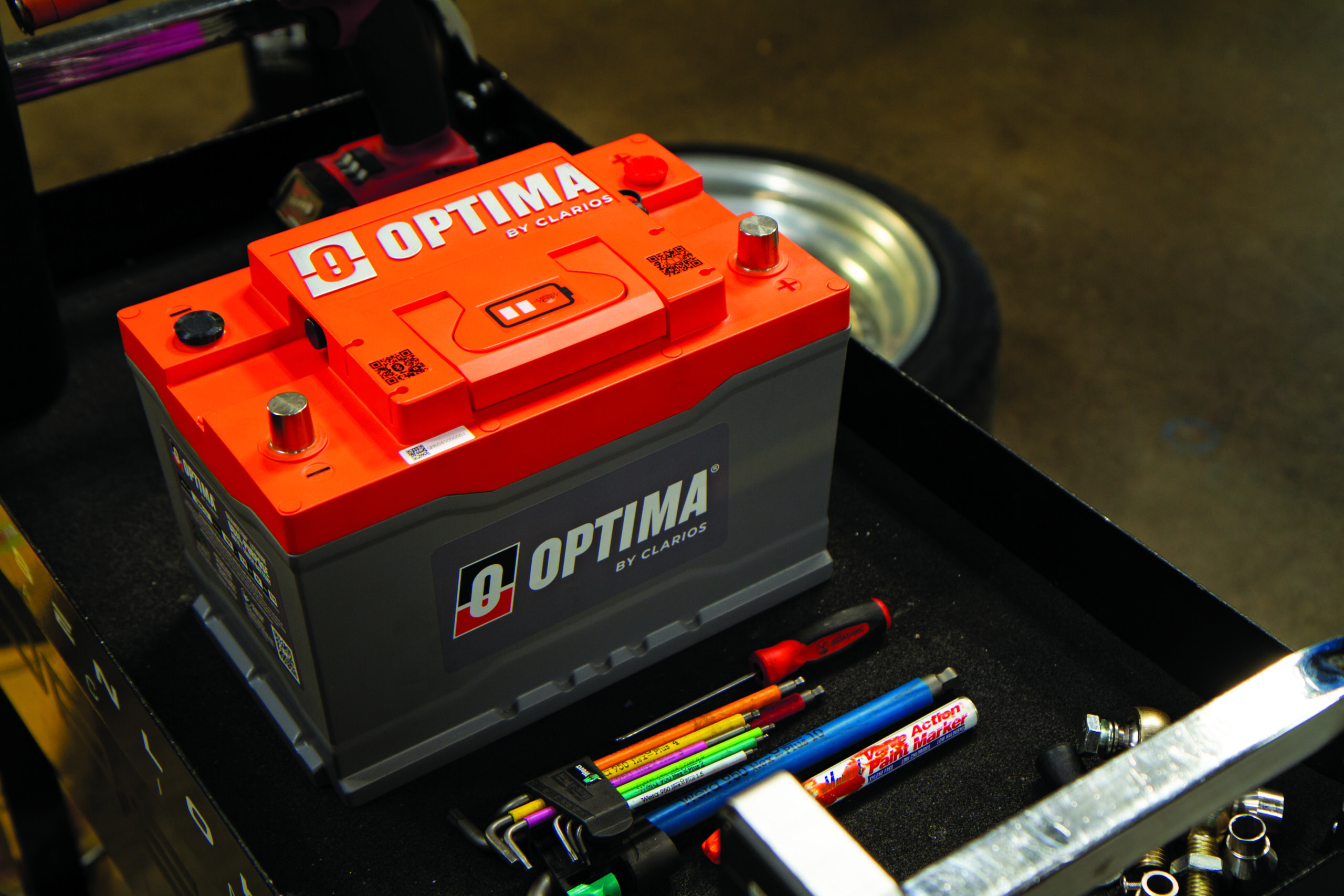
BLUETOP can repeatedly recover from deep discharges, making them perfect for onboard electronics and RVs with creature comforts that drain batteries quickly.
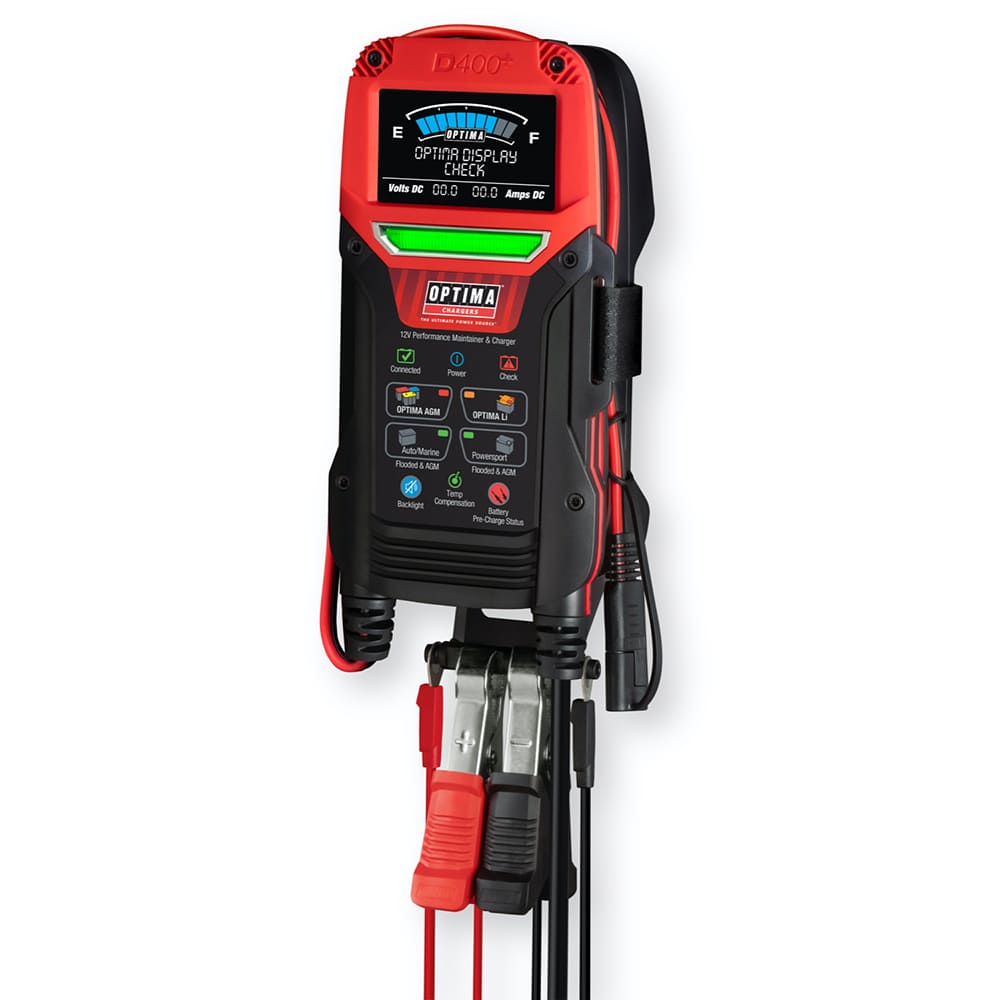
ORANGETOP is OPTIMA’s new lithium cell battery. Due to its unique design, conventional chargers/maintainers cannot be used with ORANGETOP batteries. OPTIMA offers the Digital 400+, which works with AGM, lithium, and traditional batteries. MR
Check out this story in our digital edition here.
Sources
American Autowire
(800) 482-9473
americanautowire.com
OPTIMA Batteries
optimabatteries.com
Powermaster Performance
(630) 957-4019
powermasterperformance.com
Vintage Air
(800) 862-6658
vintageair.com











